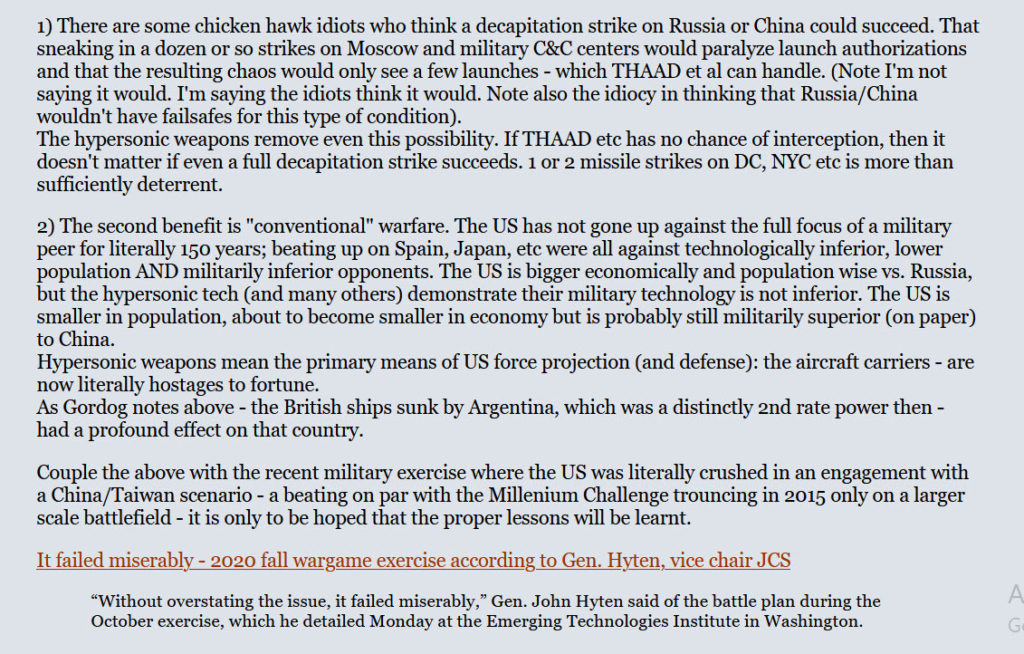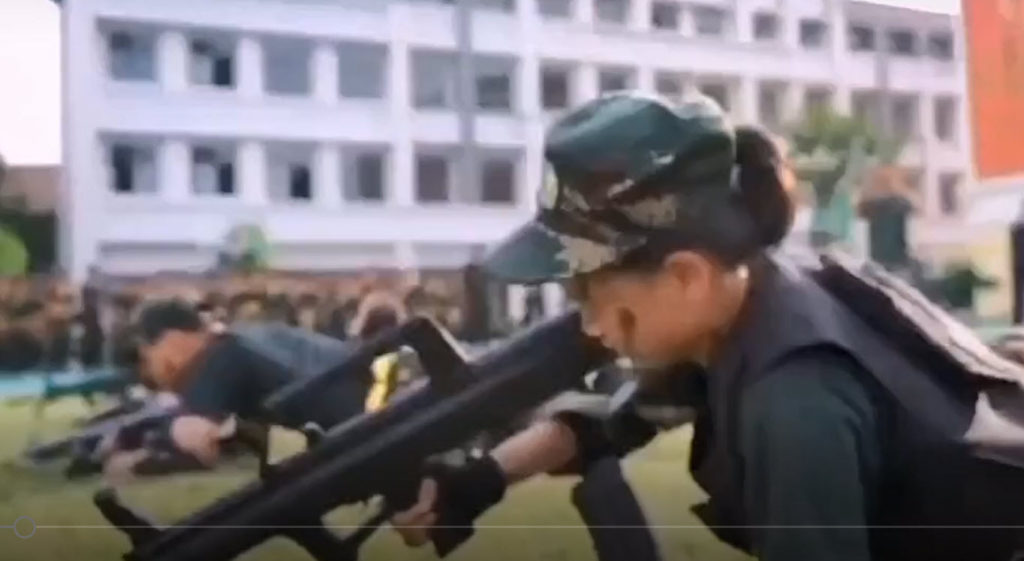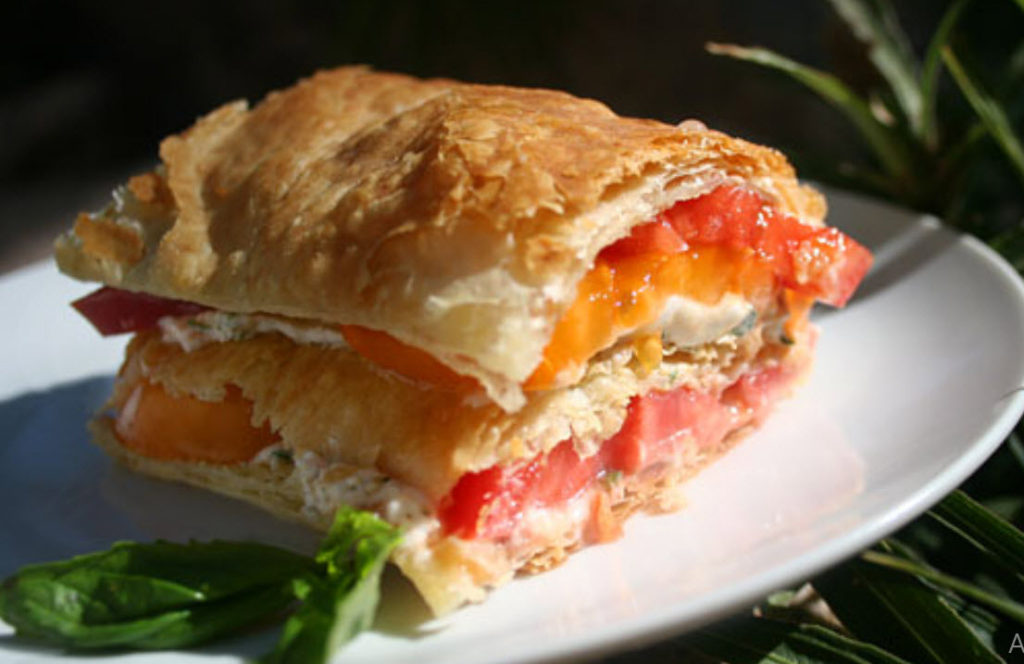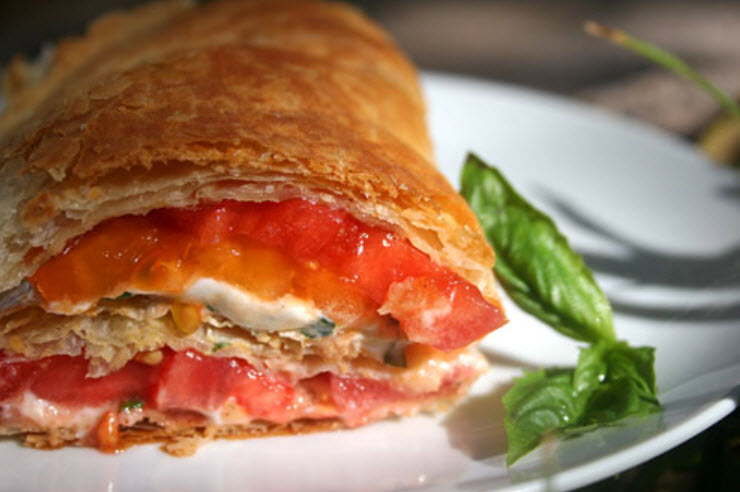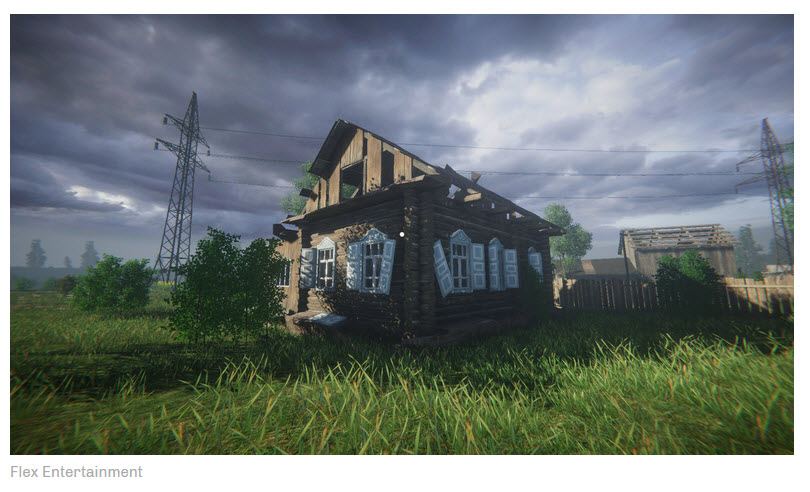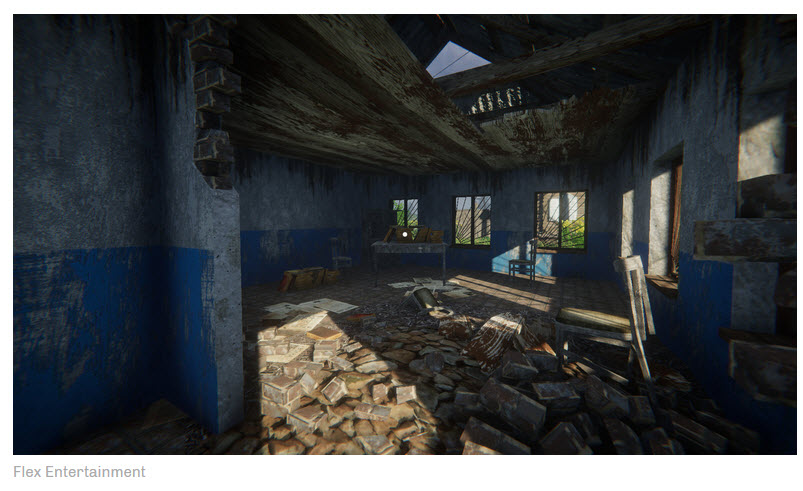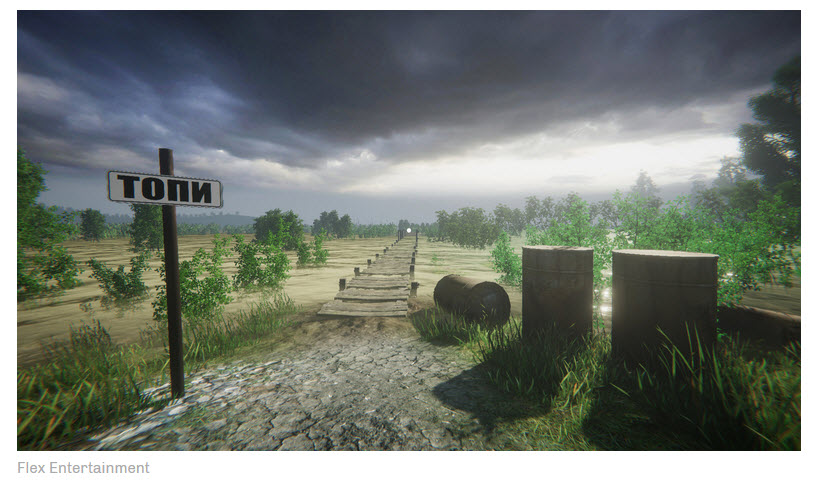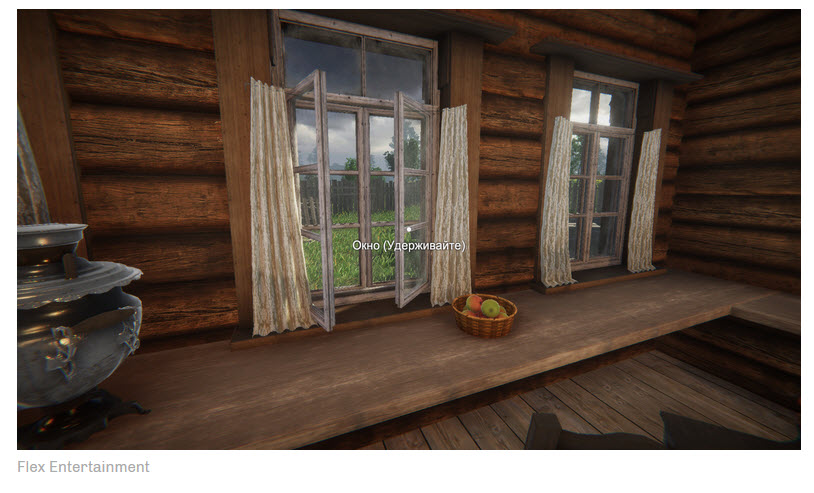Oh man! I was hoping that the fantasy that “America will regain it’s power and strength and continue to rule the world” will dissipate.
Not so.
Over the weekend, I have been bombarded with articles talking about how America is ready to fight for democracy™ and freedom™ again! This time against China.
And that, all that is needed is a few billions of dollars, and some pluck from “Allies”, and then China would “be toast“.
Bombarded. Non-stop cascade of news “articles” (disguised propaganda pieces) and comments (often with a sizable portion of ‘bots – there just can’t be that many brain-dead people in the United States, can there?)
As in what the fuck?
Can’t I just get a break.
I guess not. Sigh.
And then you have these gung-ho “patriots” who think that everyone else outside of America are rats that need to be stepped on and killed, like some kind of vermin.
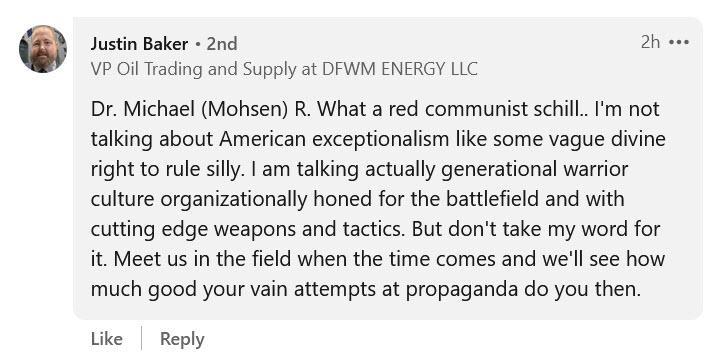
Generational warrior culture, eh?
Ever hear of Genghis Khan?
Dude, I just and to enjoy my day. I want to walk, and relax. I want to eat fine delicious food. I want to drink some nice wine. I want to play with the pets, smell the lush moist air, and cavort with pretty girls.
But noooo…
I have to endue a flood of anti-China bullshit and endure comments on how America is going to kick-some -Chinese-ass. Sheech!
I know. I know. I KNOW.
You fund half a billion dollars in anti-China propaganda, of course it’s going to materialize. The only thing that I am surprised about is that there’s no Hollywood movies depicting Rambo-like American soldiers gloriously bayoneting the evil Chinese in a war picture.
Maybe. Soon.

First off, let’s recognize the fact that the United States Military Empire believes that it can use nuclear weapons while avoiding a MAD all-out nuclear response.
Yup! That’s true.
These fucking moron “geniuses” in Washington DC actually believe that they can use nuclear weapons against either Russia or China, and that they will NOT shoot nuclear weapons back.
Can you fucking believe it?
Let’s look at this article to flush out this curious fantasy…
Dr. Strangelove’s Spoon Benders: How the U.S. Military Learned to Stop Worrying and Love the Bomb
Cynthia Chung is the President of the Rising Tide Foundation and a writer at Strategic Culture Foundation, consider supporting her work by making a donation and subscribing to her substack page for free.
“MindWar must be strategic in emphasis, with tactical applications playing a reinforcing, supplementary role. In its strategic context, MindWar must reach out to friends, enemies, and neutrals alike across the globe… ...through the media possessed by the United States which have the capabilities to reach virtually all people on the face of the Earth… State of the art developments in satellite communication, video recording techniques, and laser and optical transmission of broadcasts make possible a penetration of the minds of the world such as would have been inconceivable just a few years ago. Like the sword of Excalibur, we have but to reach out and seize this tool; and it can transform the world for us if we have the courage and integrity to enhance civilization with it. If we do not accept Excalibur, then we relinquish our ability to inspire foreign cultures with our morality. If they can then desire moralities unsatisfactory to us, we have no choice but to fight them on a more brutish level.” – “From PSYOP to MindWar: The Psychology of Victory” by Col. Paul Vallely and Maj. Michael Aquino, a document written to increase the influence of the “spoon-benders” in the U.S. military.
About one year ago, the U.S. military conducted a simulation of a “limited” nuclear exchange with…
…Russia.
This was strange news on several accounts.
For one, this sort of thing is not typically announced in the candid detail U.S. defense secretary Mark Esper described to journalists, giddy that he got to “play himself” in this war game scenario.
It was as if he were preparing for a Hollywood movie doing his best John Wayne impression:
“If you got them by the balls their hearts and minds will follow.”
However, the most concerning revelation of this simulated exercise was the announcement to the American people that;
“it might be very possible to fight, and win, a battle with nuclear weapons, without the exchange leading to an all-out-world-ending conflict.”
In other words, throw your cares to the wind, that is, the “spirit wind” known as kamikaze, because…
…America is going for it.
In the transcript of a background briefing on the war game exercise, senior Pentagon officials described their tactic further.
They explained that their confident calculation on being “victorious” in this exercise completely relied on the supposition that such a confrontation would remain “limited” in its nuclear exchange.
“It’s a very reasonable response to what we saw was a Russian nuclear doctrine and nuclear capability that suggested to us that they might use nuclear weapons in a limited way,”
It seems what senior Pentagon officials are really saying here about the predictability of the Russians, is that there seems to be a line the Russians won’t cross in the case of a nuclear conflict…
…but the Americans sure will.
Hans Kristensen, director of the nuclear information project at the Federation of American Scientists tried to play down the “rodeo circus” and reduce the high profile announcement of the U.S. military exercise.
Instead Hans stated it was simply a marketing gimmick to “justify” the new nuclear weapons since we are entering the new budget phase. “So all of this has been played up to serve that process.” stated Kristensen.
I don’t know about you but I am getting some serious déjà vu.
Didn’t we already go through all of this with the disastrous JIC-502 spookery?
JIC-502 intelligence report titled “Implications of Soviet Possession of Atomic Weapons” drafted in Jan 20th 1950, turned out not to be an intelligence report at all but rather a sales pitch.
It began in a dangerous manner, claiming that a nuclear-armed Soviet Union had introduced the notion that;
“a tremendous military advantage would be gained by the power that struck first and succeeded in carrying through an effective surprise attack.”
For more on this refer to my paper.
It was JIC-502 which would be the first to put forward [1] a justification for the preventive first strike concept, supported by [2] a massive military buildup under the pretense of pre-emptive war.
NSC-68 would be drafted the same year and called for a massive military buildup to be completed by 1954 dubbed the “year of maximum danger,” the year JIC-502 claimed the Soviets would achieve military superiority and be able to launch war against the U.S.
But the Soviets never did launch such a war, and all claims of their capabilities let alone their intentions turned out to be entirely fraudulent…
…so what was it all for?
- Did the U.S. have to put everything into expanding their military, turning away from the concept of a nation at peace made up of citizen soldiers and instead towards a nation in perpetual war?
- Isn’t this a made up of the Nietzschean fantasy of Übermensch (Beyond-Man) super soldiers, the very thing that Eisenhower warned against?
- Did this all have to happen in defense of “peace and security” of the free world?
- Why were the predictions of the JIC-502 completely unfounded?
- Were the predictions based off of corrupted data?
- Did the Soviets simply change their mind?
…Or was it never about a pre-emptive war but rather was always about global dominance.
What would the American people think if they knew the truth, that their entire military industrial complex was never built for the protection of the “free world” in opposition to dictators and despots but rather the very opposite? That it simply thought its ideology the superior one, the only lawful dictatorship that had the right to rule, even if it meant by force.
In the words of Vallely/Aquino:
“If we do not accept Excalibur, then we relinquish our ability to inspire foreign cultures with our morality. If they can then desire moralities unsatisfactory to us, we have no choice but to fight them on a more brutish level.”
This may look like just a “rodeo circus” but it is far far worst.
As Edgar Poe elaborated in his “The System of Dr. Tarr and Professor Fether”, the asylum is quite literally being run by the lunatics.
What do Jedi Warriors, Spoon-benders, the First Earth Battalion and Men Who Stare at Goats Have in Common?
For those who need a refresher of the film Dr. Strangelove’s synopsis, it is about what could happen if a lunatic had the authority to bypass the U.S. president and cause a nuclear escalation between the U.S. and USSR.
In the movie, it is U.S. Air Force General Jack Ripper who initiates a nuclear attack to destroy the USSR under the premise that once the U.S. government is briefed on the situation, they would have no choice but to commit 100% towards a hostile attack against the USSR, in order to prevent nuclear retaliation.
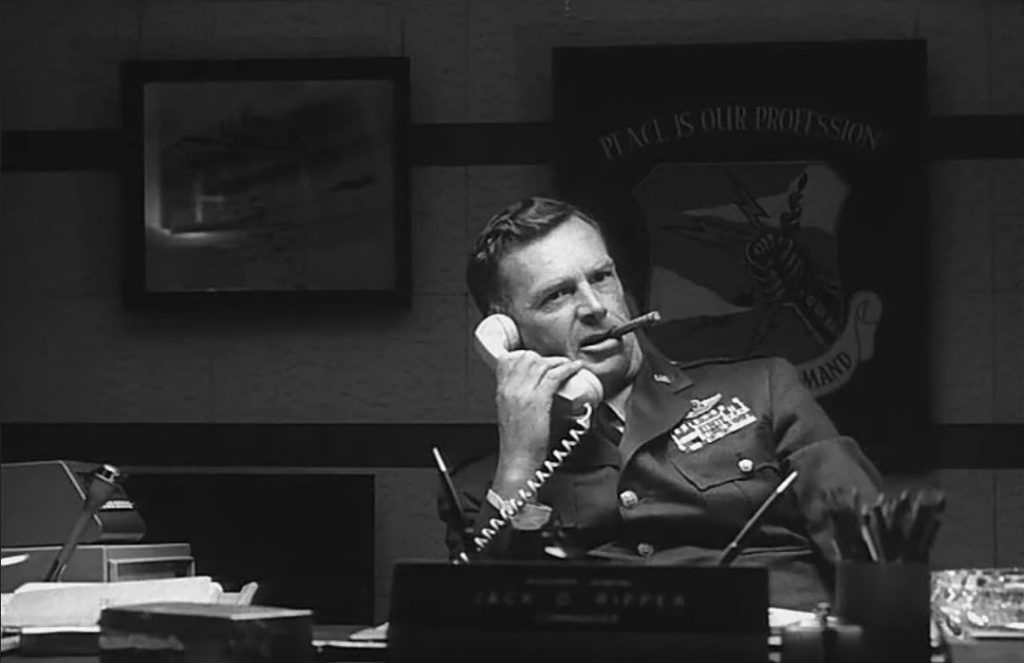
The reason why General Jack Ripper is fully convinced that it is absolutely necessary to destroy the USSR is because he believes that the communists are conspiring to pollute the “precious bodily fluids” of the American people.
Fluoridation is the most monstrously conceived and dangerous communist plot we have ever had to face. -General Jack D. Ripper

Gen. Jack Ripper goes on to describe how he first discovered this Soviet ploy, after sexual relations with a woman and how he felt empty inside but that luckily he was astute enough to be able to accurately deduce the cause of this feeling of emptiness as due to being drained of his “life essence”, all part of the communist conspiracy for sure.
General Jack D. Ripper: Mandrake, do you realize that in addition to fluoridating water, why, there are studies underway to fluoridate salt, flour, fruit juices, soup, sugar, milk... ice cream. Ice cream, Mandrake, children's ice cream. Group Capt. Lionel Mandrake: [very nervous] Lord, Jack. General Jack D. Ripper: You know when fluoridation first began? Group Capt. Lionel Mandrake: I... no, no. I don't, Jack. General Jack D. Ripper: Nineteen hundred and forty-six. 1946, Mandrake. How does that coincide with your post-war Commie conspiracy, huh? It's incredibly obvious, isn't it? A foreign substance is introduced into our precious bodily fluids without the knowledge of the individual. Certainly without any choice. That's the way your hard-core Commie works. Group Capt. Lionel Mandrake: Uh, Jack, Jack, listen... tell me, tell me, Jack. When did you first... become... well, develop this theory? General Jack D. Ripper: [somewhat embarassed] Well, I, uh... I... I... first became aware of it, Mandrake, during the physical act of love. Group Capt. Lionel Mandrake: Hmm. General Jack D. Ripper: Yes, a uh, a profound sense of fatigue... a feeling of emptiness followed. Luckily I... I was able to interpret these feelings correctly. Loss of essence. Group Capt. Lionel Mandrake: Hmm. General Jack D. Ripper: I can assure you it has not recurred, Mandrake. Women uh... women sense my power and they seek the life essence. I, uh... I do not avoid women, Mandrake. Group Capt. Lionel Mandrake: No. General Jack D. Ripper: But I... I do deny them my essence. -- General Jack D. Ripper
In other words, Gen. Jack Ripper is unequivocally insane.

Unfortunately, this type of thinking in the U.S. military is not reserved to pure fiction.
Sometime in the late 1980s then Col. Paul Vallely, Commander of the 7th Psychological Operations Group and then Maj. Michael Aquino, PSYOP Research & Analysis Team Leader authored a paper titled “From PSYOP to MindWar: The Psychology of Victory”, which discusses the necessity to wage perpetual psychological warfare against friend and enemy populations alike, and even against the American people.
As stated in the paper:
“MindWar must target all participants to be effective. It must not only weaken the enemy; it must strengthen the United States. It strengthens the United States by denying enemy propaganda access to our people, and by explaining and emphasizing to our people the rationale for our national interest in a specific war… There are some purely natural conditions under which minds may become more or less receptive to ideas, and MindWar should take full advantage of such phenomena as atmospheric electromagnetic activity, air ionization, and extremely low frequency waves.”
Of course the terms “enemy” and “national interest” are not elaborated on, nor is the matter of free will even considered but rather that mind control is not only “natural”, it is essential.
Besides the overtly fascist and occultist content in the paper, the proposal had a disturbing similarity to the Total Information Awareness (TIA) program launched by the Donald Rumsfeld Pentagon.
TIA was a global propaganda and mega-data-mining plan that was supposedly scraped after a series of negative news stories.
On Aug 17th, 2005 The New York Times published an article that discussed how “a military intelligence team repeatedly tried to contact the FBI in 2000 to warn about the existence of an American-based terrorist cell that included the ring leader of the Sept. 11 attacks” as reported by veteran Army intelligence officer Lt. Col. Anthony Shaffer.
The information came from the highly classified intelligence program “Able Danger”, which had successfully identified the terrorist ringleader Mohamed Atta and three other hijackers of the 9/11 terrorist attack in mid-2000, well over a year before the actual 9/11 attack.
According to New York Times article, Shaffer learned later that lawyers associated with the Special Operations Command of the Defense Department had canceled the FBI meetings “because they feared controversy if Able Danger was portrayed as a military operation that had violated the privacy of civilians who were legally in the United States.” (Able Danger was linked in its function to the TIA program)
However, this is only part of the truth, the by far uglier truth is that they were already fully aware of the 9/11 terrorist ring and didn’t want a wrench thrown into the gears so to speak.
…
…
What The Fuck?
…
Gen. Vallely, Lt. Col. Aquino and Col. Alexander (author of “The New Mental Battlefield: Beam Me Up, Spock”) are leading figures within the Special Operations community.
In addition, Gen. Stubblebine III, Gen. Schoomaker, Gen. Downing and Gen. Boykin are the four names most often cited as promoters of programs like the “Goat Lab,” “Jedi Warriors,” “Grill Flame,” “Task Force Delta,” (aka the spoon-benders) and the “First Earth Battalion,” and have held top posts within the military intelligence and Special Operations commands.

These were the programs that promoted the idea that one could learn to bend a metal spoon, walk through walls, and burst the hearts of goats with the use of “mind over matter” techniques.
In 1979, Lt. Col. Channon presented a 125 page document called “The First Earth Battalion,” which outlined “non-lethal” techniques that would soon be adopted by the military.
These techniques were many and included the use of atonal noises as a form of combat psychological warfare and widespread experimentation with psychoelectronics and other means of debilitation.
On March 10th, 1991, then Deputy Secretary of Defense Paul Wolfowitz while serving as chief policy advisor to then Defense Secretary Dick Cheney, wrote the memo “Do We Need a Non-Lethal Defense Initiative?” in which he wrote, “A U.S. lead in non-lethal technologies will increase our options and reinforce our position in the post-Cold War world.”
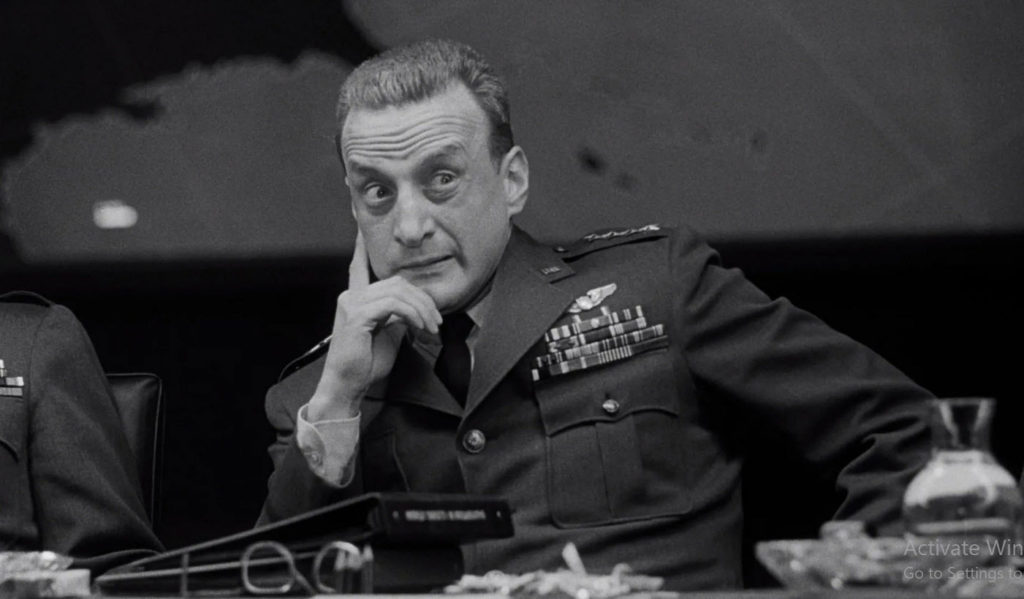
Though no mention was made of Col. Alexander, who spear-headed the non-lethal weaponry campaign, Alexander at the time of the memo had retired from active duty and was heading the Non-Lethal Weapons Program at Los Alamos National Laboratory.
In 1990, Col. Alexander published “The Warrior’s Edge” and states its goal as to:
“unlock the door to the extraordinary human potentials inherent in each of us. To do this, we, like governments around the world, must take a fresh look at non-traditional methods of affecting reality. We must raise human consciousness of the potential power of the individual body/mind system – the power to manipulate reality. We must be willing to retake control of our past, present, and ultimately, our future.” (emphasis added)
Investigative journalist Jon Ronson, in his book “The Men Who Stare at Goats”, goes through how ‘psychic warriors’ such as Uri Geller and Jim Channon were called back into government service after 9/11, and that a series of meetings in 2004 were held between Gen. Schoomaker and Jim Channon to start a think tank which would utilize “First Earth Battalion” techniques in Afghanistan and Iraq.
The Non-Lethal Techniques of Guantanamo, Abu Ghraib and al-Qa’im
According to a 1998 International Committee of the Red Cross presentation before the European parliament intended on evaluating how “non-lethal” the non-lethal technologies promoted by Alexander, Channon et al. actually are in reality, it was found that non-lethal weapons are simply defined as weapons with a less-than 25% fatality rate.
Perhaps this is what the senior Pentagon officials were referring to in their “limited” nuclear exchange scenarios.
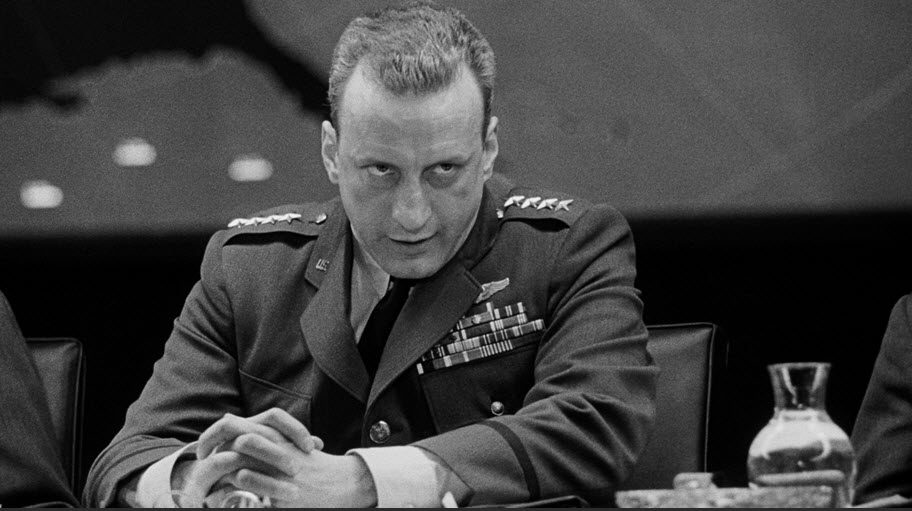
Included in the list of non-lethal weapons now widely used in the U.S. military are lasers, extremely low frequency (ELF) weapons, and various chemical, biological and audio stun weapons that can cause permanent damage such as blindness, deafness and destruction of the gastrointestinal system.
…
…
Sigh.
…
According to Ronson and The New Yorker writer Jane Mayer, many of the torture techniques employed at Guantanamo Bay, Abu Ghraib and the less-well-known al-Qa’im near the Syrian border in Iraq, are based on Channon and Alexander’s non-lethal conceptions.
Jim Channon actually confirmed this in an email correspondence with Ronson.
At one point in his investigation, Ronson asks Stuart Heller, friend of Jim Channon, if he could name one soldier who was “the living embodiment” of the First Earth Battalion, to which Heller responds unhesitatingly “Bert Rodriguez.”
Ronson continues in his book, “In April 2001, Bert Rodriguez took on a new student. His name was Ziad Jarrah.”
Rodriguez taught Jarrah “the choke hold and the kamikaze spirit. You need a code you’d die for, a do-or-die desire.” Rodriguez added, “Ziad was like Luke Skywalker. You know when Luke walks the invisible path? You have to believe it’s there…
Yeah, Ziad believed it.
He was like Luke Skywalker.”
Rodriguez trained Ziad Jarrah for six months.
On Sept 11, 2001, Ziad Jarrah took control of the United Airlines flight 93 as part of the orchestrated 9/11 terrorist attack.
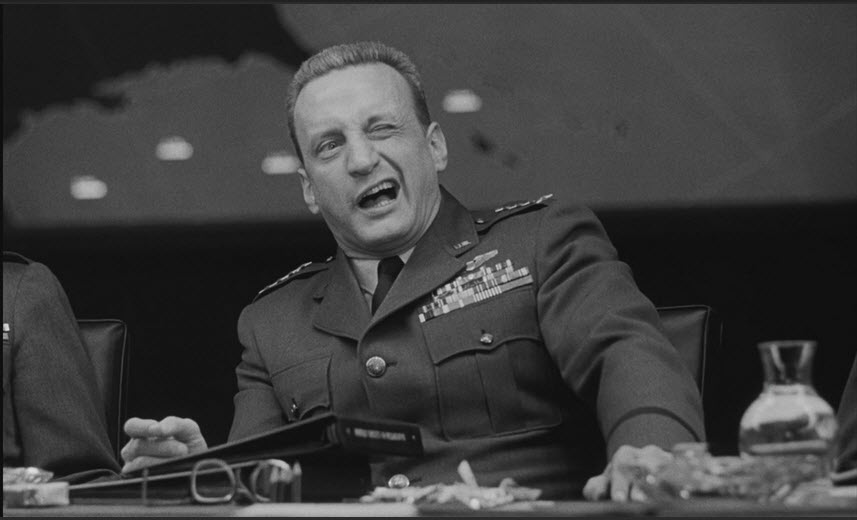
Meet Dr. Strangelove
At the end of the film Dr. Strangelove we are finally confronted with the “top lunatic” so to speak who was really in charge this whole time.
For all the “top brass” in the war room, nobody was really in control of the situation this entire time since the entire “war scenario” was set-up as a positive feedback loop within the doomsday plan of a lunatic.
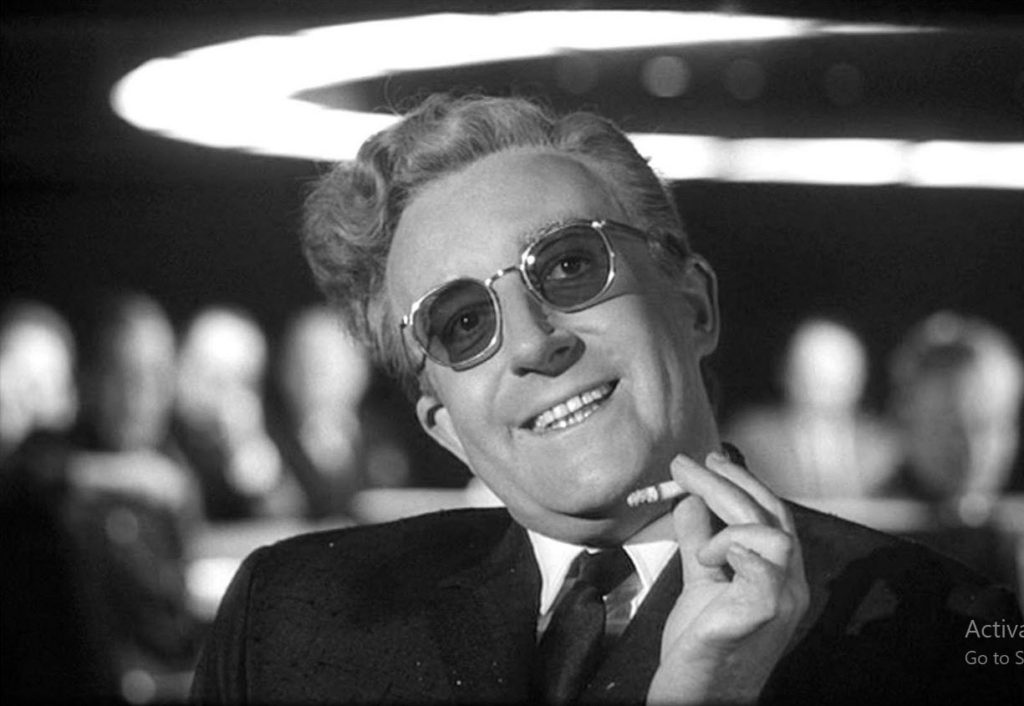
You see, the belief that one can bend spoons, walk through walls, and burst the hearts of goats is not the problem.
It is the belief held by top officials within the U.S. military industrial complex that their ideology of appropriate morality is to prevail.
Therefore, one must use these mind-over-matter techniques to achieve the ultimate goal, “the power to manipulate reality”, that global dominance can be achieved without wiping out the world.
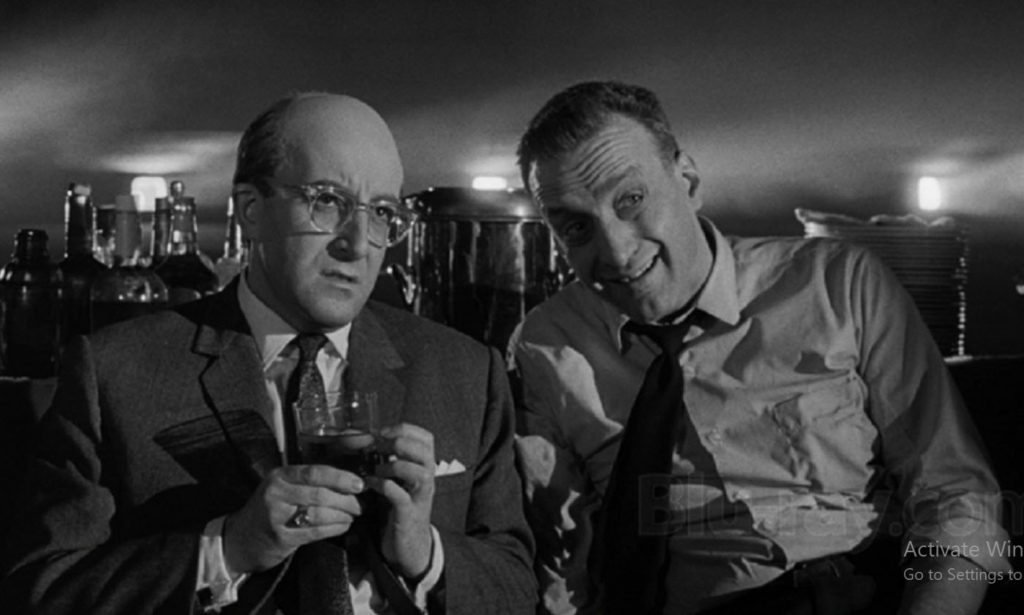
That somehow “it might be possible to fight, and win, a battle with nuclear weapons, without the exchange leading to an all-out-world-ending conflict,” and if not…
…we may all die for a lunatic’s dream in the process.
Sweet Jesus!
Oh, but that’s only an appetizer. You see, not only is the entire city of Washington DC bat-shit crazy but they have corrupted the military rank and file. These once-brave soldiers now have become psychopathic “yes men” to mad-men.
And they are playing with dangerously power weapons.
- Weapons that could launch a global pandemic (been there – done that.)
- Weapons that could destroy and collapse trade (been there – done that.)
- Weapons that could alter the reality of America (been there – done that.)
- Weapons that could devastate entire nations …
…pending..
I like that. Psychopathic Barbarian Crusaders. Sounds so apt.
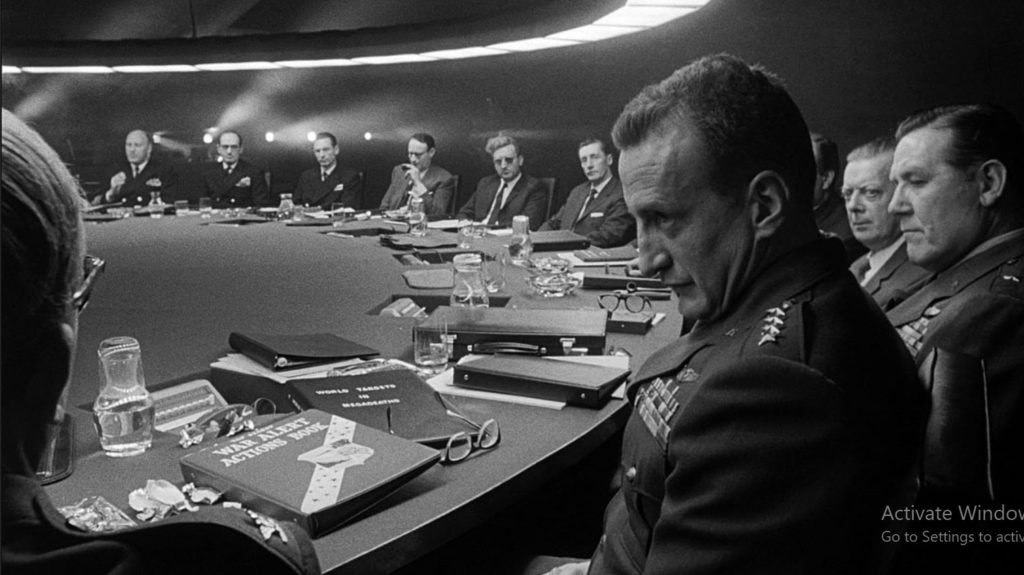
General Jack D. Ripper: Your Commie has no regard for human life, not even his own. And for this reason, men, I want to impress upon you the need for extreme watchfulness. The enemy may come individually, or he may come in strength. He may even come in the uniform of our own troops. But however he comes, we must stop him. We must not allow him to gain entrance to this base. Now, I'm going to give you THREE SIMPLE rules: First, trust NO one, whatever his uniform or rank, unless he is known to you personally; Second, anyone or anything that approaches within 200 yards of the perimeter is to be FIRED UPON; Third, if in doubt, shoot first then ask questions afterward. I would sooner accept a few casualties through accidents rather losing the entire base and its personnel through carelessness. Any variation of these rules must come from me personally. Any variation on these rules must come from me personally. Now, men, in conclusion, I would like to say that, in the two years it has been my privilege to be your commanding officer, I have always expected the best from you, and you have never given me anything less than that. Today, the nation is counting on us. We're not going to let them down. Good luck to you all. -- General Jack D. Ripper
The US-Japanese Alliance Against China Risks World War
.
In 2003, when several lawyers, including myself, visited North Korea to learn more about socialism there, we were shown US Army documents captured in 1950 by the communist forces.
In 1950, the communist forces seized control of Seoul and overran the American Army headquarters.There, they secured all the documents, cypher’s, and data that they found.
The documents confirmed that it was the US and its puppets in South Korea that invaded the north, not the other way round.
Their objective was to crush the local communist forces. Set up strongly fortified launching zones, and then attacking China.
Their plan failed and ended in an American rout.
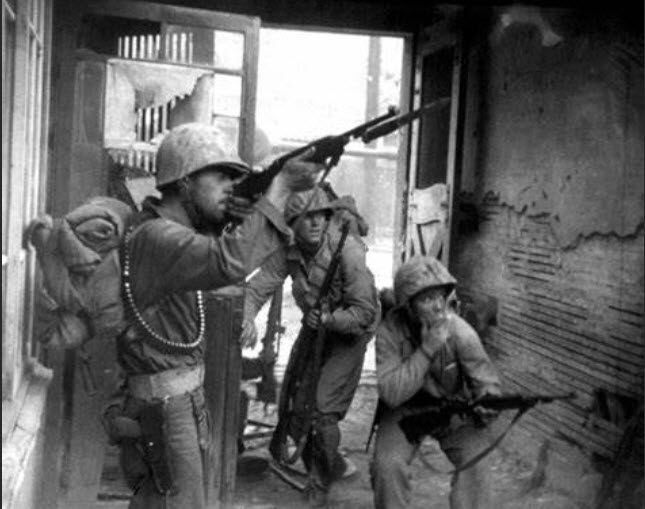
But what did surprise me was the evidence in the documents that the Americans also had the help and advice of Japanese Army officers who had remained in Korea at the end of the war between the US and Japan that ended in 1945.
Two growing empires went to war in the Pacific against each other but in the end the defeated and occupied Japanese soon joined the growing American empire.
And it was its drive for world domination and Korea was the first proof of their fealty to the US.
A fealty tolerated not only because of their defeat but also because American capital and Japanese capital have the same interest; the subjugation and exploitation of China.

On July 6, 2021 the Japanese Deputy Prime Minister stated at a Liberal Democratic Party function, that if China acted to take control of Taiwan…
… as is its right to do since it is an integral part of China…
… then Japan would defend Taiwan.
Why?
Well, because because such an action by China would represent an “existential threat to Japan.”
“If a major incident happened, it’s safe to say it would be related to a situation threatening the survival of Japan. If that is the case, Japan and the US must defend Taiwan together.”
Why it would be an “existential threat to Japan” ?
He did not explain.
…
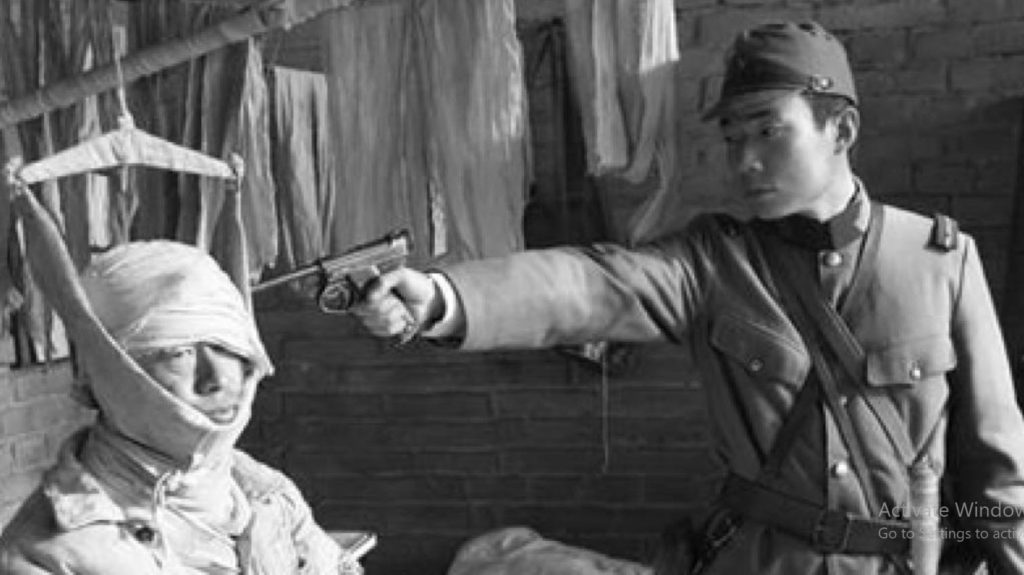
That he spoke for the leadership of Japan is clear.
Now keep in mind…
That any interference (by anyone) in China’s actions regarding the Chinese Provence of Taiwan…
…would be an aggression against China…
…and would be in absolute violation of the Japanese Constitution.
For this constitution prohibits Japanese Self-Defense Forces from taking any offensive actions.
And this is a quite clear violation of the UN Charter.
…
In response China has stated time and again that it is prepared to defeat both the US and Japan…
…if they try to interfere when China retakes control of Taiwan.
Which (unfortunately) every action by the Americans and Taiwanese is provoking them to do.
…
Of course…
The Americans recognize that they do not have enough strength in the region to interfere alone.
And so they have lured Britain, France, and Germany, as well as the ever-eager Australians, to send in naval forces to the South China Sea to support the American and Japanese assault plans.
It is more than ironic to see four nations that were bitter enemies of Imperial Japan in World War II, now colluding with Japan.
Not only that, but to once again attack China and that Germany, an ally of Japan in the Second World War, once again is attempting to throw its weight around in the world.
What is the matter with these people?
The Chinese have a long and bitter memory of the Japanese invasion and occupation of their lands in the 1930s and 40’s just as the Koreans have the same bitter memories of Japanese occupation.
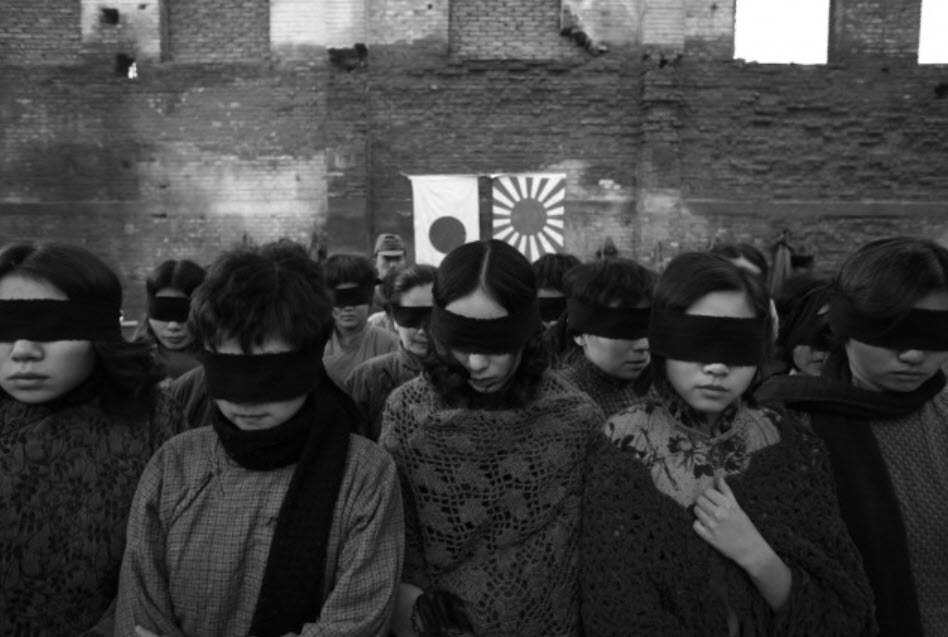

But we realize now that the defeat of the fascists and militarists in Germany and Japan in 1945 was not their final defeat.
The governments who fought those two nations also had fascist elements within them.
These elements, these people, hoped that the Nazis would crush communism in the USSR and the Japanese would do the same in China.
…
Instead, the elements of world capital that supported or tolerated fascism and relied on imperialism to increase their profits.
And they quickly reorganized.
And, led by the far right in Washington, created the NATO military alliance to continue the assault on the USSR and now on Russia, China and other independent nations.
They wear different clothes now.
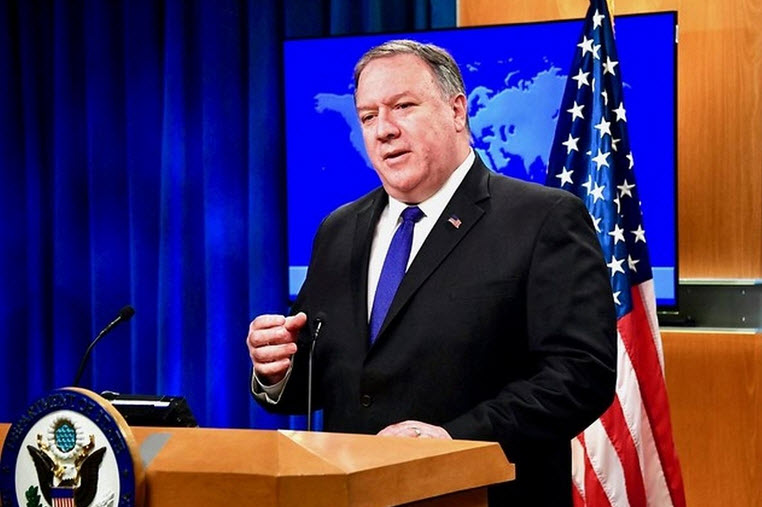
But they use the same lies and techniques of propaganda as the Nazis and Japanese militarists as they prepare for another war against China and Russia.
…
On July 30, 2021 the Chinese government had to warn the British government and its naval task force, led by the new British aircraft carrier, Queen Elizabeth, to keep away from its territorial waters or face the consequences.
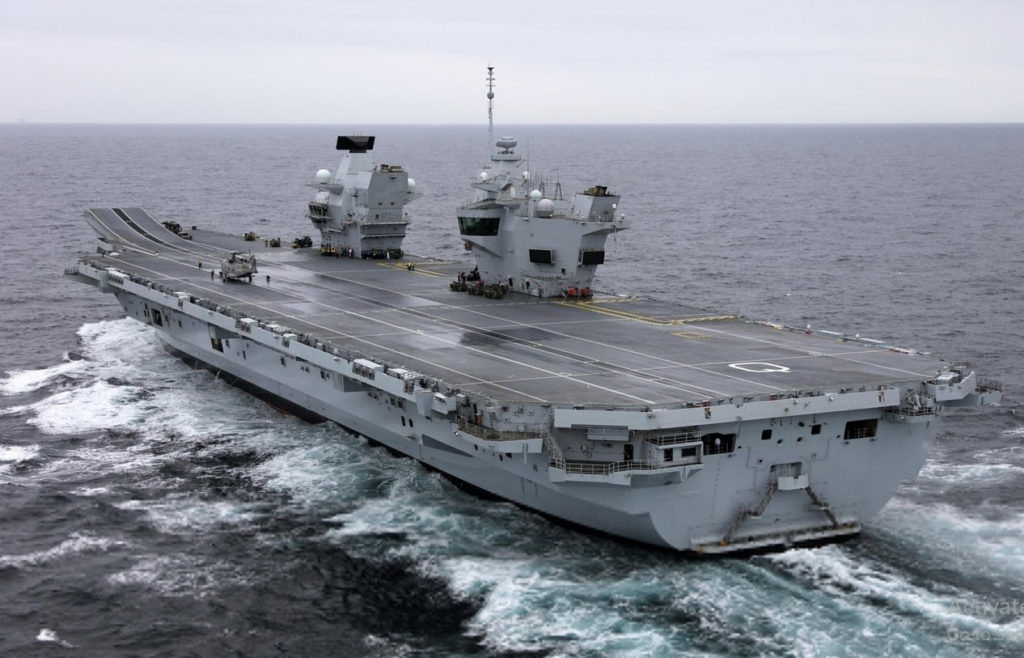
Yet, at the same time the US and France conducted military exercise with dozens of US F22s and French Rafale aircraft near Hawaii.
All this while the French beef up their forces in Tahiti.
And while the Americans have dispersed their fleet of bombers and fighters including F35s from their big base on Guam, which the Chinese can destroy quickly, to smaller bases, making it more difficult for China to destroy those aircraft.
This type of dispersal is usually seen in war settings, when war is on going or imminent.
At the same time the Germans announced that they will be sending a frigate to the South China Sea in support of the Americans and Japanese.
While the Americans sent more ships into the Taiwan Strait this week. Some may see all this as sabre rattling.
But that is a lot of sabres, and they are doing a lot more than just rattling them.
As Hans Rudiger Minow stated in German Foreign Policy,
“The intensification of western manoeuvres and their growing focus on combat missions, which are highly realistic under current circumstances, coincide with prognoses by high-ranking US military officials, predicting that a war between the United States and China is probable in the near future. For example, recently NATO’s former Supreme Allied Commander Europe (SACEUR), Ret. Adm. James G. Stavridis, was quoted with the prognosis that “our technology, network of allies and bases in the region, still overmatch China” – for now. However, “by the end of the decade – if not sooner” the People’s Republic “will be in a position” to “challenge the US” at least “in the South China Sea.” Recently Stavridis published a novel in which he depicted a fictional war erupting between the USA and China in 2034. In the meantime, he considers “we may not have until 2034 to prepare for this battle – it may come much sooner.” Some of his colleagues in the military are predicting that “it is not about 2034,” the Big War could come earlier – possibly even “2024 or 2026.”
But it is not China that is seeking a war.
So who is pushing this insanity?

Who is pushing for war…?
The propaganda machines in the west, all part of the military-industrial complex, are legion.
But one of the worst is the Hudson Institute.
Founded in 1961 by Herman Khan, formerly of the Rand Institute, who was famous for playing nuclear war games and theorizing on the possibilities of using nuclear weapons in war.
Its current leadership and membership include fascists like Mike Pompeo, Seth Cropsey and many others who served in various US government regimes or the US military establishment.
Seth Cropsey’s bio states,
“Cropsey began his career in government at the US Department of Defense as assistant to Secretary of Defense Caspar Weinberger and subsequently served as deputy undersecretary of the Navy in the Ronald Reagan and George H.W. Bush administrations, where he was responsible for the Navy’s position on efforts to reorganize DoD, development of the maritime strategy, the Navy’s academic institutions, naval special operations, and burden-sharing with NATO allies. In the Bush administration, Cropsey moved to the Office of the Secretary of Defense (OSD) to become acting assistant secretary, and then principal deputy assistant secretary of defense for special operations and low-intensity conflict. Cropsey served as a naval officer from 1985 to 2004.
“From 1982 to 1984, Cropsey directed the editorial policy of the Voice of America (VOA) on the solidarity movement in Poland, Soviet treatment of dissidents, and other issues. Returning to public diplomacy in 2002 as director of the US government’s International Broadcasting Bureau, Cropsey supervised the agency as successful efforts were undertaken to increase radio and television broadcasting to the Muslim world.”
In other words…
…
Cropsey penned a recent article published in The Hill, a US right wing journal covering events in Washington entitled ,“Japan Signals An Opening for US in Countering China”.
In it he praised the statement by Taro Aso that Japan will support Taiwan (in case of China acting to take control of its island).
The justification being [1] that China seeks “world dominance” and [2] that there will be a war with the USA in the near future (and Japan wants to be on the winning side).
LOL.
He further states that the Japanese have now made a “decisive shift” in foreign and military policy.
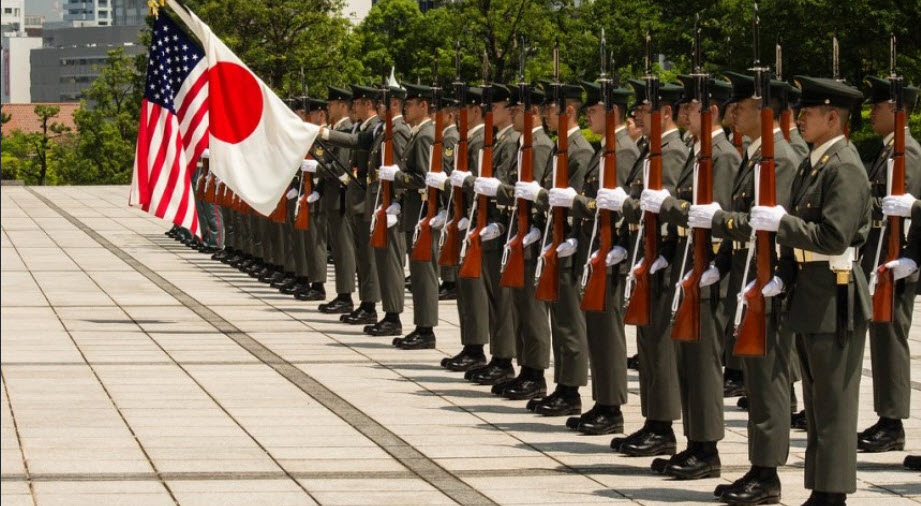
He dismisses the Japanese constitutional prohibition on Japanese offensive actions and calls for Japan to increase it military forces and support to “counter” China.
He wrote:
“Defending Taiwan is a difficult proposition. The PLA is at its strongest within the First Island Chain, particularly around Taiwan, given Beijing’s concentration of naval, air, and missile forces. To defend the island, the US and its allies would have to operate squarely within China’s missile range, jeopardizing the high-value capital assets upon which American combat power depends. “However, Japan and the US both field significant submarine fleets — Japan’s small but quiet battery-powered boats are an effective counterpart to America’s larger nuclear-powered attack submarines. Submarines are immune to the missiles upon which the PLA would rely to gain sea and air control over Taiwan. If supported by a sufficient fast-boat mining effort, and a robust enough network of mobile ground-launched anti-ship and anti-air missiles, a Japanese-American submarine surge could defeat a PLA invasion of Taiwan, or at minimum prevent the fait accompli for which China hopes. Given this strategic reality.”
He calls for more military exercises with the US and Japan, France, and Britain and their other allies to “prepare for war.”
He then adds the lie that “preparing for war is essential to deterring it” when what he really means is that America is preparing for war in order to wage war.
Come on! Everyone knows that America is planning to attack China. Destroy it. Invade it, Conquer it, and then convert it into a vassal state. Let's be real. Please!
The forces of peace and reason in the world must denounce these war preparations as a danger to the entire world for a war on China…
….will bring in Russia…
…and others (nations that no one is thinking about)…
… it will lead to world war…
…then to nuclear war…
… and (possibly) the end of humanity.
…
And the author goes on to say…
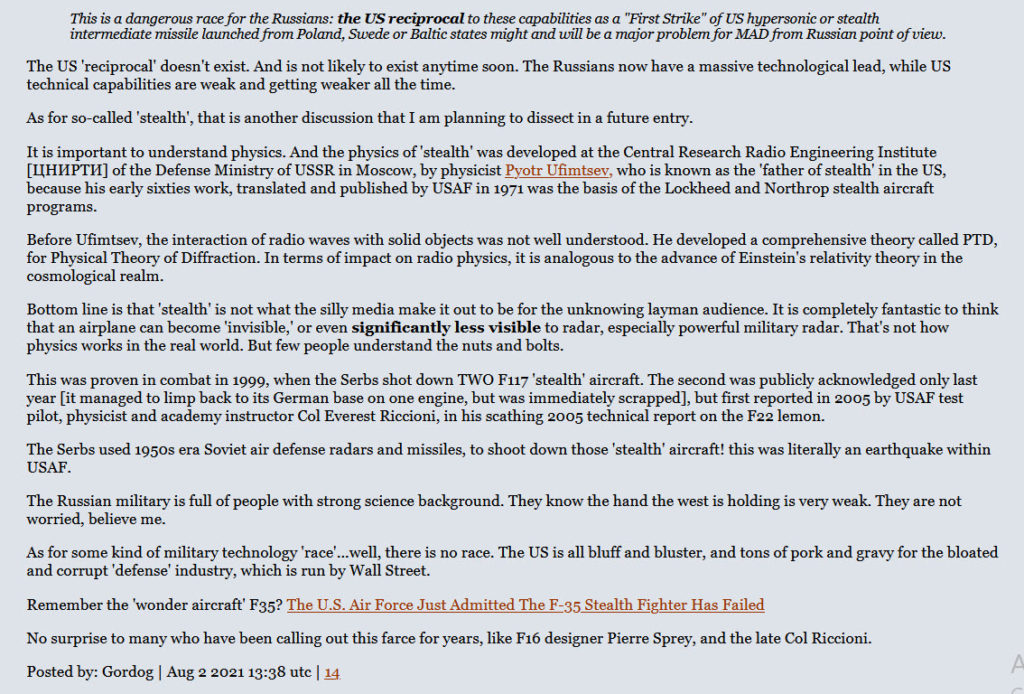
We must denounce these criminals and demand the International Criminal Court prosecutor take action to warn the Americans, and indict the leaders of the US allies over which it has jurisdiction, their propagandists like Seth Cropsey, and all the rest who are conspiring to commit aggression, the supreme war crime, the final act of insanity, because it seems to me that is what war with China will be, the final act in the human drama.
We wont have to wait for abrupt climate change to finish us off.
But the ICC says nothing about all this and the UN Security Council is rendered impotent.
So who then is left to object, to say enough is enough, to hell with the criminals and their wars, except us, the people, But what can we the people do?
Yes, protest, petition, write, shout, cry, join peace groups like the one I belong to, the Canadian Peace Congress, do anything you can but get up, stand up, as Bob Marley called for us to do, and as John Lennon demanded, Give Peace A Chance.
…

…
Noble thoughts, but it ain’t gonna happen.
Obviously he has been sleeping under a rock for the last 75 years. You cannot write letter or petition anyone. They are above all this. They are a run-away locomotive and it is fast approaching a rickety old bridge that is long in need of repair.
It will not go well.
What about Russia?
All the time all this “saber rattling” is going on by the United States Military Empire, and the hate-hate-hate narratives are flooding the “news” media, what else is going on that isn’t being reported?
Remember boys and girls. To know what is really going on, look for what IS NOT being reported.
Well, Russian and Chinese troops and military have been practicing and coordinating their military strategies ALL YEAR.
Of course you would NEVER hear about this on FOX “news”, CNN, BBC, or any other mainstream “news” website. Check out some of these videos…
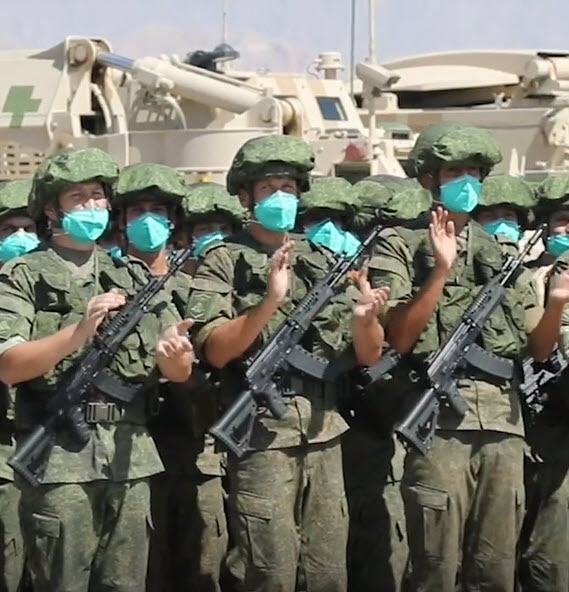
And then here’s another.
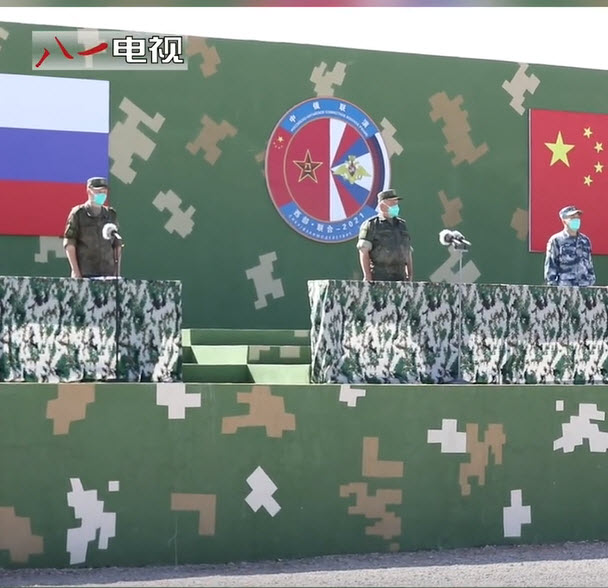
Here’s a great movie showing how Russian soldiers are being trained to use Chinese weapon systems, while the Chinese are also being trained to use the Russian weapons systems.
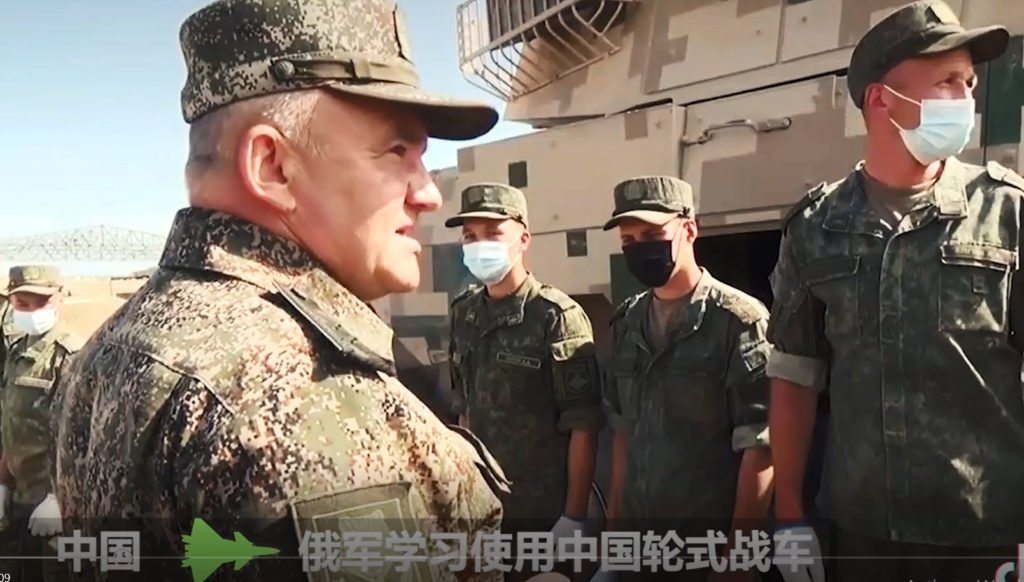
Let’s dig a little deeper. Shall we?
This next article is from a pro-Japan, pro-American author that tries to rationalize Japan going to war with China over Taiwan. He comes to the conclusion that ABSOLUTELY Japan would go fight the Chinese…
…and with help from the USA, probably would win.
How Far Would Japan Really Go to Defend Taiwan?
Japan defense report says Taiwan's 'stability' is integral to its 'security', putting Tokyo's pacifist forces on a new collision course with Beijing
When Japanese Deputy Prime Minister Taro Aso said on July 5, 2021 that Tokyo would come to Taiwan’s aid in the event of a Chinese invasion, Beijing’s sharp response was predictable.
“We will never allow anyone to meddle in the Taiwan question in any way,” Chinese Foreign Ministry spokesman Zhao Lijian said the day after Aso made his surprise remark. “No one should underestimate the resolve, the will, and the ability of the Chinese people to defend their national sovereignty and territorial integrity.”
But Aso’s statement was no slip of the tongue. A week later, on July 13, Japan released its annual defense report, which for the first time mentioned the importance of maintaining “stability” around Taiwan because it “is important for Japan’s security.”
China’s response, again, was sharp and immediate.
The Chinese Communist Party mouthpiece Global Times ran an op-ed stating that “Japan will ‘lose badly’ if it defends Taiwan secessionists.”
…
…
China does not play. Do not take the warning lightly.
…
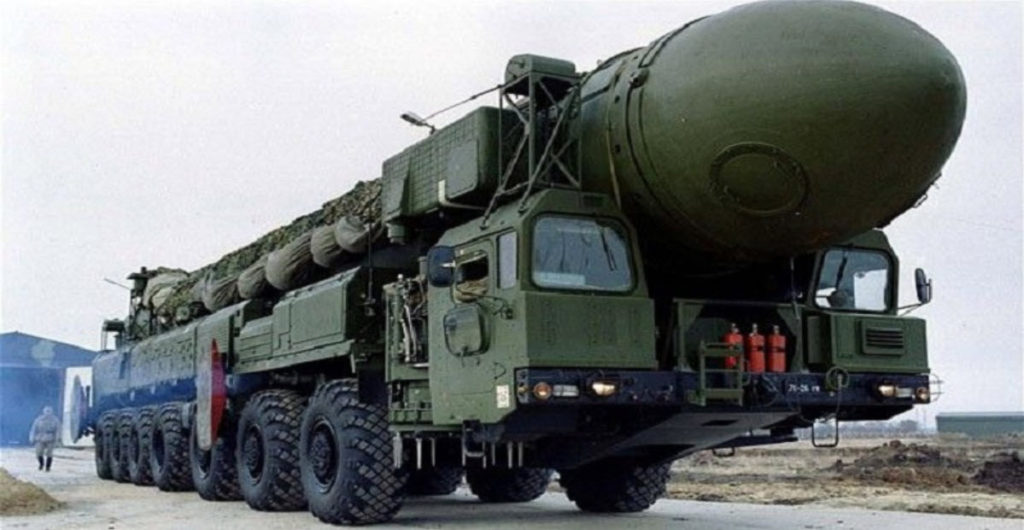
The piece quoted an anonymous Beijing-based military analyst as saying, “Even the US could not defeat China militarily in the West Pacific region now, so what makes Japan believe it’s able to challenge China with force?”
Good question.
While the motivations behind Tokyo’s recent statements are unclear, Japan and Taiwan are openly on the same side.
In Asia’s intensifying new Cold War, where an increasingly assertive and militarily powerful China is the obvious but usually unspoken adversary.
Japan and Taiwan do not share official diplomatic relations — Tokyo recognizes Beijing as the sole legitimate government of China.
However, the two sides are known to share intelligence through back channels.
In May last year, as Taiwanese President Tsai Ing-wen began her second term in office, then-chief Cabinet secretary, now prime minister, Yoshihide Suga said that Japan is eager to develop its ties with Taiwan.
Eager.
(I wonder if American money played a role? Hum.)
…
…
Japan’s annual foreign policy report, known as the Diplomatic Bluebook, describes Taiwan in its latest edition released on April 27 this year as an “important partner and friend.”
It also said Japan backs Taiwan’s campaign to attend the World Health Assembly, the decision-making body of the World Health Organization (WHO).
The Bluebook stated diplomatically that Taiwan had been successful in fighting the Covid-19 virus and “there should be no blank spaces on the world map.” China, which considers Taiwan a renegade province that should be “reunited” with the mainland, strongly opposes Taiwan’s participation in any international bodies.
The Bluebook also said that Japan would cooperate with “more countries” to promote freedom of navigation and the rule of law in the Asia-Pacific region.
In matters of geostrategic importance, Japan already works closely with the US, India and Australia under the so-called “Quad.”
Yup. This is the Pacific "NATO" that was set up by neocon Mike Pompeo.
Taiwan could be seen as a silent partner, or at least an ally, to the strategic grouping because it is a vital link in the China-focused island chain of defense which stretches from Japan’s main islands to Okinawa, Taiwan, the Philippines and the Malaysian part of Borneo.
The so called “First Island Chain”.
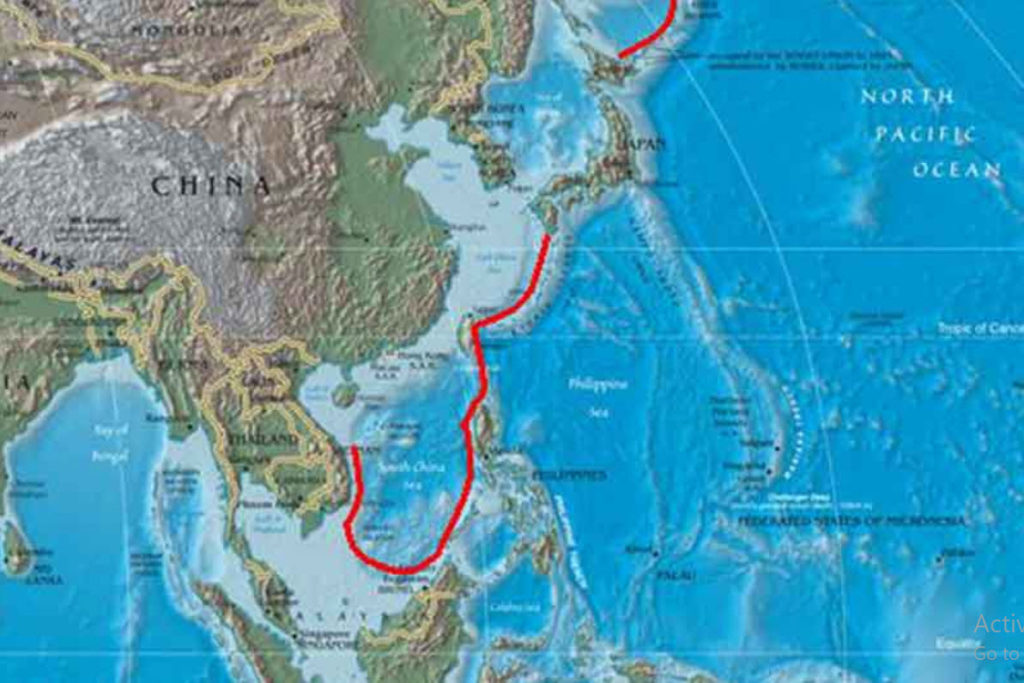
But you know, The control of the “First Island Chain” is a “pipe Dream”. It’s under Chinese control now.
America Is Betting Big on the Second Island Chain | RAND Sep 08, 2020 · The United States has deep and abiding interests in the Second Island Chain. But China's growing influence in the region could complicate U.S. plans. Washington will almost certainly seek to strengthen security cooperation with Pacific Island states in the Second Island Chain and bolster defensive positions on U.S. territories in the region.
However, the bigger question remains: what exactly would Japan be prepared to do if China did try to invade Taiwan?
What would Japan do?
Whatever the anonymous military analyst quoted in the Global Times might think, Japan certainly has the means to challenge China militarily.
On December 21, 2020, the Japanese government approved the ninth consecutive rise in military spending, marking a historic record of 5.34 trillion yen (US$51.7 billion.)
Japan’s Self-Defense Forces (JSDF), as they are formally known, are comprised of nearly 250,000 active personnel and another 50,000 in reserve, and are equipped with the latest weaponry and technology procured mainly from the US.
Hum. China has the world’s largest army, with more than 2 million active personnel
The Japanese Navy is believed by military analysts to be the strongest in the region after America’s…
…and thus superior to China’s still underdeveloped but steadily growing naval forces.
LOL. Don't be so sure.
China’s underdeveloped military forces…
Um. Sure. What ever you want to believe.
…
Some history

I want to remind you all that when it seems like America is “losing”, then “the gloves come off”, and real nasty things will take place.
Like in Korea when the Chinese Army routed the American forces…
In late 1950 American forces suffered a series of disastrous defeats in Korea at the hands of Chinese troops, and the report from a Pentagon committee in early December emphasized the importance of accelerating the development of bioweapons such as Q Fever, plague, and anthrax together with the necessary delivery mechanisms for covert use, while especially praising the CIA for its effectiveness in that regard. This secret report was eventually declassified by a FOIA request in 1996. Around the same time that report was being written, a British sergeant retreating through a deserted North Korean village before advancing Chinese troops observed American military personnel, masked and gloved, carefully removing large quantities of feathers from special containers and flinging them into the empty houses before he was warned away by American MPs. He later stated that he had obviously witnessed “a clandestine operation” of some sort and mentioned that a few days afterward he was required to take an unspecified vaccine. This curious vignette appears in Unit 731, a 1989 historical account of Japan’s biowarfare program written by two BBC journalists, but oddly enough the incident was removed from the American edition of that same book. Months later, the North Korean foreign minister issued a formal complaint to the United Nations that America had used illegal biological warfare, attacking his own troops and those of China with smallpox. These mysterious outbreaks had occurred a few months earlier, but only in areas recently occupied by retreating American forces. The accusations briefly appeared in the Western media, but were ridiculed and hotly denied by American government spokesmen. Around the same time that Communist troops were sickening and dying, around two hundred American soldiers in the same theater had also been suddenly stricken by a mysterious outbreak of Songo fever, never before seen in Korea but with symptoms quite similar to smallpox and a specialty of America’s Japanese biowarfare mentors. Strict censorship prevented these stories from reaching the American media until many months later, at which point our government claimed that the illnesses had been spread by Chinese troops. But the disease seemed entirely absent from the hundreds of miles of Korean territory the enemy forces had traversed, and only appeared in a narrow belt along the front lines, with our stricken servicemen believing that they seemed to be spread by infected field mice or voles. Voles had long been regarded by American researchers as an excellent vector for their bioweapons, and when interviewed years later for a history of the Korean War, one of the leaders of our local CIA efforts explained that his covert operations had created a defensive belt along the front lines.
The use of bio-weapons, chemical weapons, and nuclear weapons will be the direct result if the United States is unable to achieve it’s objectives.
Thus, we see WHY after eight (8x) bio-weapons targeting livestock in China, John Bolton, the head of the Bio-Warfare office under President Trump) launched COVID-19B against the Chinese. As well as the two follow up bio-weapons in July and late August.
So now…
The “drums of war” are beating again. And they are louder than ever. They are so loud that it is giving me a headache.
What’s China (and Russia) to do?

According to the Washington-based think tank the Center for Strategic & International Studies, Beijing has made substantial progress in the construction of a third aircraft carrier as Type 003, which is …
“slated to become the largest surface combatant in the Chinese People’s Army Navy (PLAN) and significantly upgrade China’s naval capabilities.”
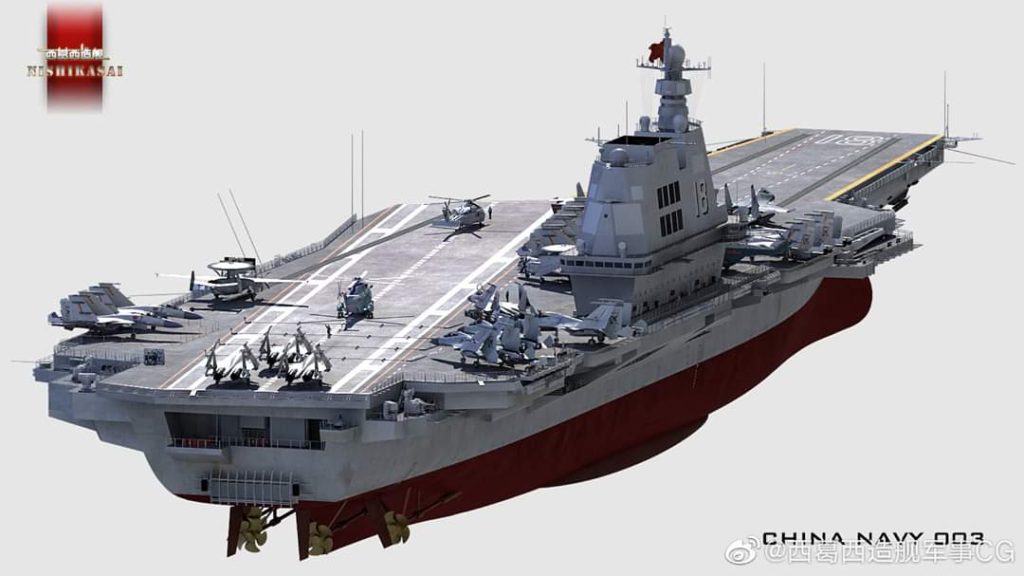
But the crux of the strategic matter is that Article 9 of Japan’s supposedly pacifist, post-World War II constitution.
it specifically outlaws war as a means to settle international disputes.
And the Japanese Self Defense Force (JSDF) are therefore legally only allowed to defend the country if it comes under attack.
Only if it comes under attack.
But Mr. Aso has argued that Taiwan is situated only 112 kilometers from some islands that are part of Okinawa prefecture and therefore a Chinese invasion could represent an “existential threat” to Japan’s security.
You know. Too close for comfort.
It's like having a restaurant next to a gas station. The gas station is robbed, so the restaurant owner gets his gun and goes over to the gas station to shoot everyone. You know. Just in case.
In that direction, the Japanese navy’s first aircraft carrier since World War II is nearly ready to deploy. It is designed to carry up to 28 light or 14 larger aircraft.
Woo woo.
Jeffrey Hornung, a political scientist at the US-based Rand Corporation, wrote in a May 10 paper that Japan would not need to get directly involved in a military conflict over Taiwan.
But, he suggests, if Washington sought to defend the democratic, self-ruled island, “at a minimum, the United States would require access to its bases in Japan, which would execute combat operations in, over and around Taiwan.”
Yada. Yada. Yada.
The JSDF would in that way “act as a force multiplier for any US-led operation. That means US requests for Japanese involvement would be almost certain.” In other words, Japan’s involvement would be limited to “non-combatant, rear-area support roles” in fields such as “supply, maintenance, transportation, engineering and medical services,” Hornung writes.
Okinawa is proximal to Taiwan and the US base there would be at the front of any military action against China.
…
….
If Japan wanted to get involved.
…
If China decided to attack Okinawa, or for argument’s sake any base on Japanese territory, such an attack could be interpreted as an act of aggression and Japan would have the right to act in self-defense.
But that scenario also raises another important question: would the US be prepared to intervene and defend Taiwan? The US and Taiwan, officially the Republic of China, shared a defense treaty before Washington established diplomatic relations with China on January 1, 1979.
..
On that day, the US withdrew its recognition of the Republic of China and terminated the 1955 “Sino-American Mutual Defense Treaty between the United States and the Republic of China.” Because either party had to notify the other about the termination a year in advance, the treaty remained in place – at least nominally – until January 1, 1980.
Then it ENDED.
The now null-and-void 1955 treaty, which stipulated that if one country came under attack the other would provide military support, was in certain aspects replaced by the 1979 Taiwan Relations Act.
…
Under the Act, the US was no longer be obliged to defend Taiwan, the US embassy in Taiwan was closed and relations were maintained through a non-profit corporation registered in the District of Columbia known as the American Institute in Taiwan (AIT), which functions as a de facto embassy.
…
The ambiguity of the relationship is evident in a Taiwan Relations Act clause that says that “the United States will make available to Taiwan such defense articles and defense services in such quantity as may be necessary to enable Taiwan to maintain sufficient self-defense capabilities.”
…
The Act’s intention appears to be to dissuade Taiwan from declaring independence from China, while at the same time discouraging China from invading Taiwan. But that all came into force when Jimmy Carter was America’s president and China was still a fairly poor country, not the regional superpower it has become today.
As Beijing celebrated the 100th anniversary of the founding of the Chinese Communist Party on July 1, President Xi Jinping reiterated his pledge to incorporate Taiwan into the mainland.
“Solving the Taiwan question and realizing the complete reunification of the motherland are the unswerving historical tasks of the Chinese Communist Party and the common aspiration of all Chinese people,” Xi said in a speech.
Every Chinese must work together, “resolutely smashing any ‘Taiwan independence plots,’” the Chinese leader added. China has recently flexed its muscles in that direction with air force jets and bombers making frequent incursions into Taiwan’s airspace.
…
In this new geopolitical environment, it would be impossible for the US to stay idle if Xi turned his tough rhetoric into military action and actually sent forces to invade Taiwan.
In that scenario, Japan could and would not stay neutral.
To be sure, Deputy Defense Minister Aso is known for his public gaffes, which are often corrected or denied by the government after being uttered.
But as Corey Wallace, a foreign policy expert at Kanagawa University in Yokohama was quoted saying in the July 12 issue of Foreign Policy, the slip this time may have been deliberate and reflect what Japanese officials have long believed privately.
Either way, Xi is playing with certain fire by talking about Taiwan’s “reunification” with the mainland.
LOL. Taiwan is PART of China. Xi Peng can say anything he wants about his nation. And the rest of the world can howl. He's not playing with fire. Just like Joe Biden is not playing with fire when he announces a new road project in West Virginia.
Even with China’s recent military and naval build-up, Beijing still faces formidable odds in invading Taiwan, which would almost inevitably result in a wider conflict – one Japan could inevitably play a crucial, military role.
…
Do not be so sure…
Don’t be so sure. Seriously. There are MANY things in play here. Keep in mind that a war with China, in such close proximity would devastate that nation to a point that it might turn into such a churned up mass of radioactive rubble that it would need to be renamed “Commode”.
…
Let’s keep in mind WHO we are talking about…
China is not some nation filled with bicycle riding peasants who were issued a cheap SKS clone. China is a fierce strong proud, and patriotic nation. Their children speak both English and Chinese by the time they are in middle school. Everyone attends scouts, and gets full-military training in elementary school. It is a nation that promotes STEM graduates by demonstrated merit, punishes those who violate the rules with extreme harshness, and never bluffs.
Chinese boy scouts… Check out the videos.
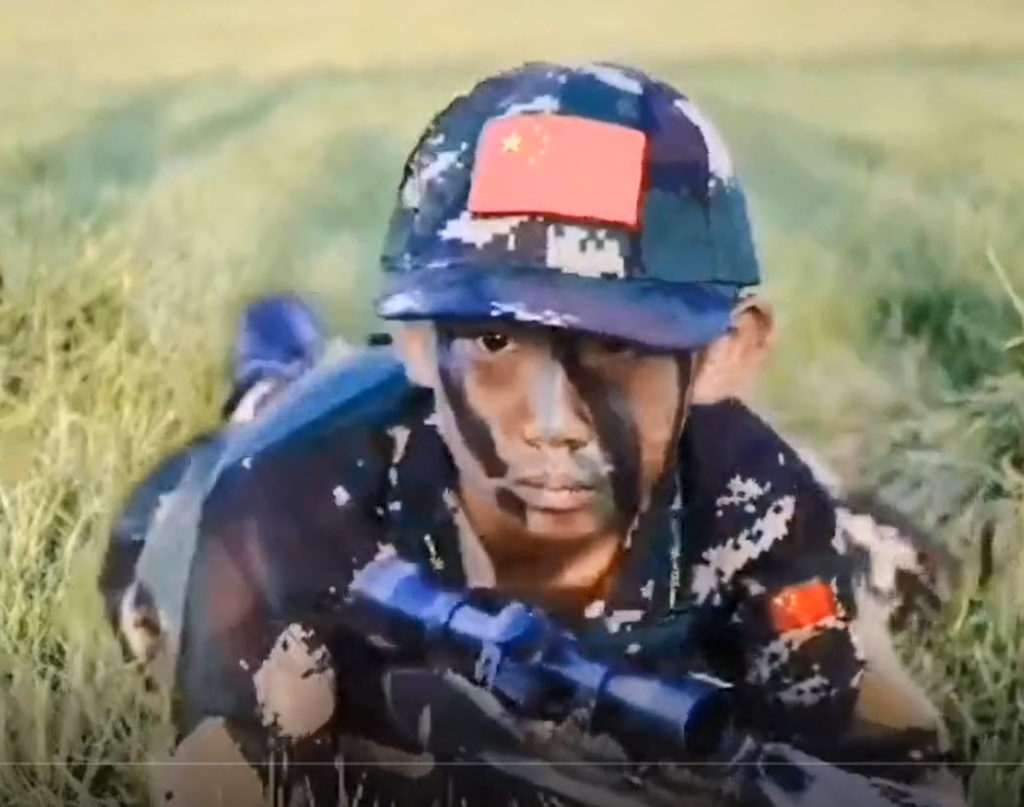
And, here’s another…
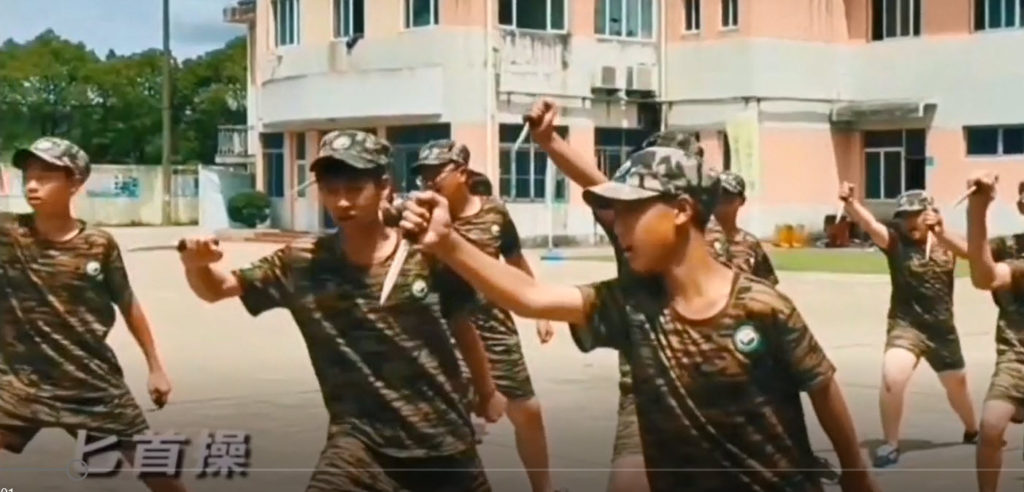
Still not convinced…
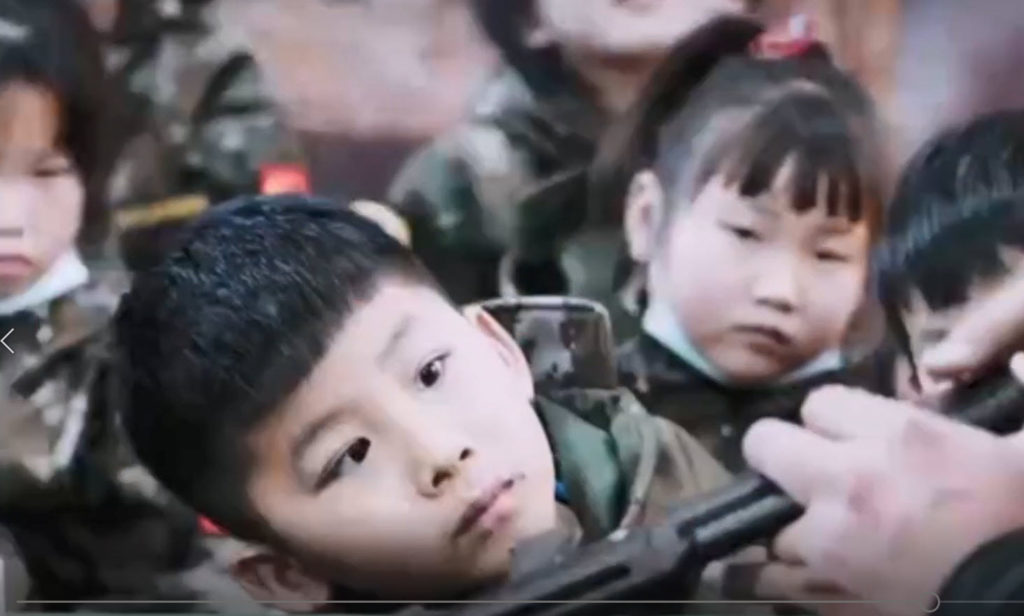
How about this one…

It is so easy to forget who the Chinese actually are…
With a non-stop anti-China barrage hitting everyone 24-7, all year it is so easy to villainize people who you only know by the two dimensional cardboard cut out that Mike Pompeo, John Bolton, and Tom Collins created. It’s not even remotely true.
Do not lulled into believing that the Chinese are backwards, and ill-prepared. Or that they are starving and cannot wait to be “liberated” for democracy™.
Not only are the Chinese skilled, work as a team (automatically) but there are BILLIONS of them, all working together for the common good. Anyone who wants to tangle with this dragon is seriously in need of a lobotomy.
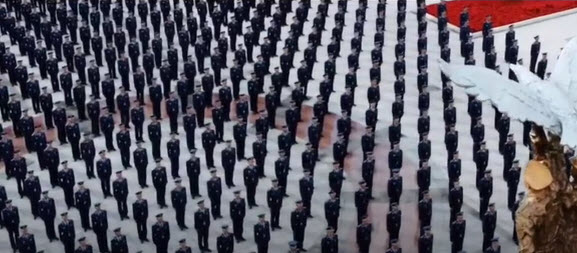
China is not a third-world military. They are peer-capable with the best that America has. What’s more they outnumber everything that the United States can compile against it. And never forget, they WILL USE nuclear weapons if attacked.
Count on it.
You are a fucking idiot if you don’t realize this.
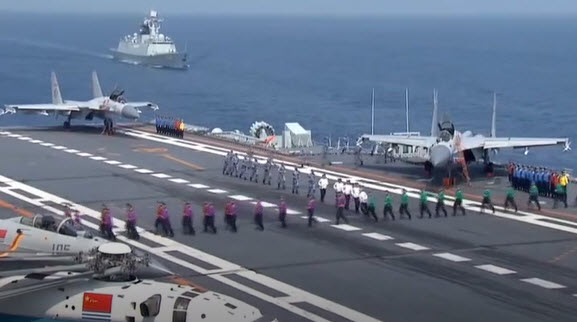
It’s so easy to think that China would be an “easy kill”, if all you see and read in within your own bubble of isolation. Much like those kings who “pooh-pooh” the offers by Genghis Khan for trade. But then they found out that their large army of 20,000 knights on white horses were no match for 5,000,000 angry, pissed off, huns riding in at dawn.
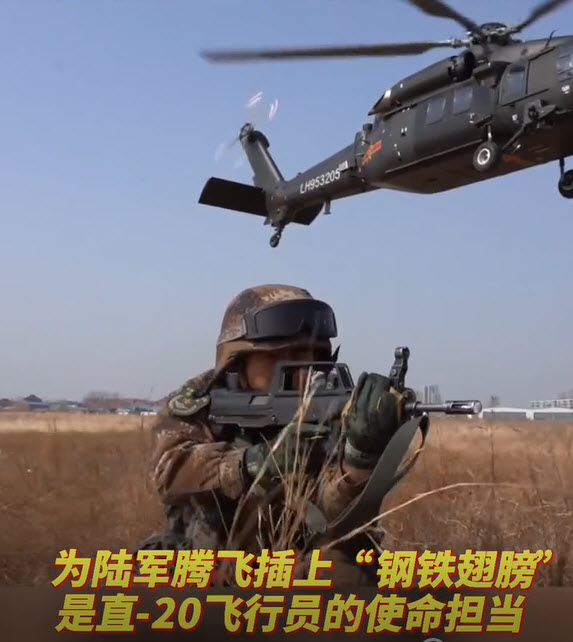
And let’s not forget that the vast bulk of technology comes from China. China posses the vast number of factories, and consists of thousands of design centers. No, not the “technology centers” that you see in the USA which is really a nice building, and staffed with one or two engineers that outsource to China, the rest being marketing, finance, attorneys and IT folk. No, China is the place where the real things are designed and made.
Stuff that isn’t advertised. Like robotic “hand grenades”. How would you like your base or complex over-run with these little guys each one a bomb?
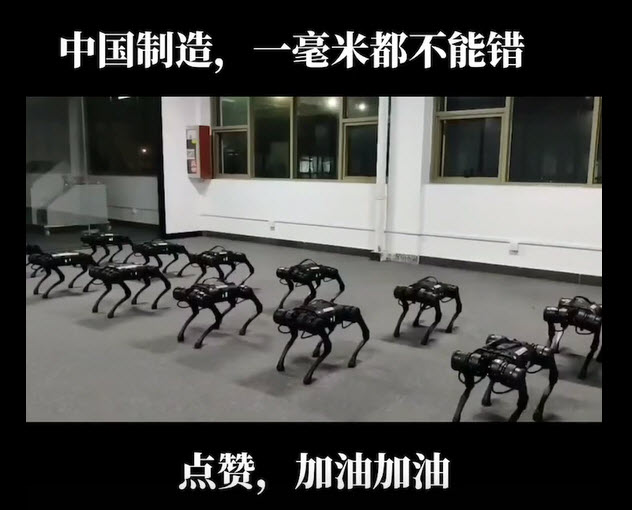
.
Trying to avoid war…
Let’s look at how China is trying to avoid war. Let’s look at what they are doing to make any war with China a very, very costly mistake….
While China has not publicly released a new nuclear posture statement that supersedes the 2006 White Paper, the construction of new missile silos configured to hold solid-fuel ICBMs possessing multiple warheads changes the nuclear posture options for China. The most likely change is to transition from a pure retaliatory strike capability (“counterattack in self-defense”) to a launch-on-warning posture. This posture means the Chinese missiles would leave their silos when an attack was detected. This differs from the previous posture, where the missiles would be waiting for a nuclear attack to actually occur. Given China’s declared nuclear policy, a launch-on-warning posture allows China to retain its no-first-use policy while simultaneously ensuring the survivability of its nuclear forces.
A US-Sino nuclear arms race is already underway – and we know who the winner will be
Scott Ritter is a former US Marine Corps intelligence officer and author of 'SCORPION KING: America's Suicidal Embrace of Nuclear Weapons from FDR to Trump.' He served in the Soviet Union as an inspector implementing the INF Treaty, in General Schwarzkopf’s staff during the Gulf War, and from 1991-1998 as a UN weapons inspector. Follow him on Twitter @RealScottRitter
A quick history lesson: China detonated its first atomic weapon on October 16, 1964. In doing so, it became the fifth country – after the United States, the Soviet Union, the United Kingdom and France – to possess nuclear weapons. Since then, China has developed and deployed a modest arsenal of strategic nuclear weapons delivery systems, with the goal of maintaining a minimum nuclear deterrent against other nuclear-armed powers, with a particular focus on the US.
The 2006 Defense White Paper, issued by China’s State Council Information Office, provides the most authoritative description of the country’s nuclear strategy.
China’s fundamental goal, the White Paper states,
“is to deter other countries from using or threatening to use nuclear weapons against China.”
This deterrence comes from
“principles of counterattack in self-defense” (i.e., “assured retaliation”.) China “remains firmly committed to the policy of no first use of nuclear weapons at any time and under any circumstances.”
Moreover, it
“unconditionally undertakes not to use or threaten to use nuclear weapons against non-nuclear-weapon states or nuclear-weapon-free zones.”
The White Paper goes on to declare that China
“stands for the comprehensive prohibition and complete elimination of nuclear weapons,” and that it believes in the “limited development of nuclear weapons” while aiming “at building a lean and effective nuclear force capable of meeting national security needs.” In conclusion, the White Paper notes, “China exercises great restraint in developing its nuclear force,” and “it has never entered into and will never enter into a nuclear arms race with any other country.”
From its inception in 1966, the Chinese People’s Liberation Army Rocket Force has relied upon a single missile – the DF-5 – as its primary strategic nuclear delivery system.
A massive, two-stage liquid-fuel rocket which, depending on what variant one is talking about, can deliver a single warhead (DF-5A), three warheads (DF-5B) or 10 warheads (DF-5C) to targets 12,000 km (7,456 miles) from the point of launch.
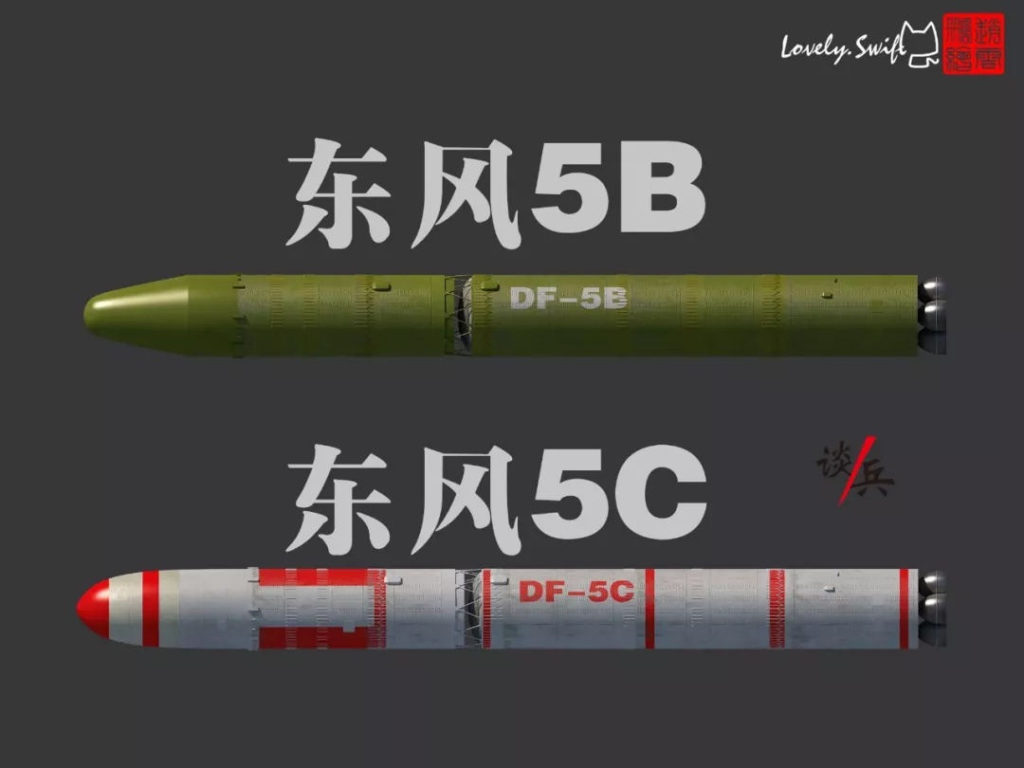
The DF-5, based in hardened concrete silos, was designed to be able to survive a nuclear attack in sufficient numbers to enable China to deliver a country-killing nuclear counter-strike.
The DF-5, however, had several operational drawbacks which, as the strategic nuclear capabilities of potential adversaries (i.e., the United States) improved, made its survivability in a nuclear conflict more problematic.
First and foremost, as a liquid-fuel rocket, it is loaded into its silo with empty fuel tanks (the fuel and oxidizer used are highly corrosive, and if stored in the missile, would make it unusable in a matter of months.) Before it can be launched, therefore, the DF-5 must be fueled, a process that can take several hours.
The Chinese also stored the DF-5 without its warheads. As such, while the missile is being refueled, special teams would be bringing the nuclear warheads from nearby storage shelters and mounting them on the missile body.
The DF-5 is extremely vulnerable during this time, and as the accuracy and time of flight capabilities of US nuclear forces (in particular the Trident D5 system) improved, the Chinese assessed that their DF-5 nuclear deterrent was vulnerable to being taken out by a first strike.
Beginning in the 1970’s, China began developing solid-fuel rockets for use as mobile intercontinental ballistic missiles (ICBMs).
The first of these, the DF-31, was deployed in 2006, as a road-mobile system.
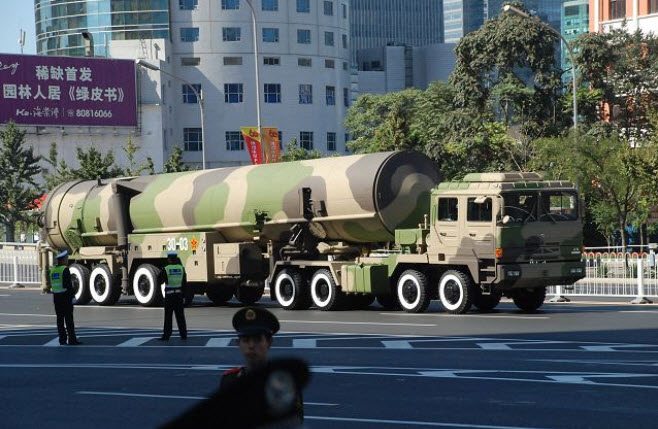
By 2013, the Chinese produced and fielded an improved version, the DF-31A. The DF-31 is armed with a single nuclear warhead.
In 2016, China completed testing for a more modern solid-fuel ICBM, the DF-41, which has begun to enter service as a mobile missile. The DF-41 carries 10 independently targeted nuclear warheads.

Between the DF-5, DF-31, and DF-41 missile systems, China was assessed, as of 2019, of possessing around 218 nuclear warheads (It has an additional 68 nuclear warheads carried on submarines and manned bombers.)
But even with this mix of silo-based DF-5s and mobile DF-31/41 missiles, China believed its forces remained vulnerable to a pre-emptive strike by American nuclear and, increasingly, conventional forces.
After all, that is what all the military policy planners in Washington DC are discussing right now. A first strike attack against China prior to an invasion.
This concern appeared to be magnified in the aftermath of the American withdrawal from the Intermediate-Range Nuclear Forces (INF) treaty in 2019, and the emerging threat of intermediate-range missiles appearing on the periphery of China’s borders.
The first sign that China was adapting to this new reality came in the form of significant improvements and additions to its massive Jilantai training area, located near the city of Jilantai in China’s Inner Mongolia province.
Constructed in 2013, the Jilantai training area was the premier training grounds for the People’s Liberation Army Rocket Force, with specialized training constructed for both silo- and mobile-missile operations.
Around 2016, however, China began constructing new silos that appeared to be too small to hold the massive DF-5, leading Western analysts to assess that the Chinese were preparing to house their solid-fuel ICBMs, either the DF-31, DF-41 or both, in a silo configuration.
The importance of this distinction is that, while mobility provides for an element of survivability in a classic nuclear exchange scenario, the mobile missiles are vulnerable to loiter weapons.
Loiter weapons are in great use by the United States, such as armed drones, or precision stand-off weapons, such as the kind of ground-launched cruise missiles being developed by the US in the post-INF treaty era.
By placing some of its solid fuel ICBMs in silos, China virtually eliminates the threat from drones and cruise missiles, and because these missiles don’t have to be fueled, reduces the vulnerability to US strategic nuclear weapons such as the Trident D5.
The scope and scale of the silo construction led some analysts to conclude that perhaps the Jilantai training area was going to assume a limited operational posture, based upon the number of silos under construction.
This assessment was made moot, however, by the discovery of what many analysts believe is a massive missile base, containing 120 silos, under construction near Yumen in Gansu province, and another, containing a potential 110 additional silos, near the city of Hami in Eastern Xinjiang province.
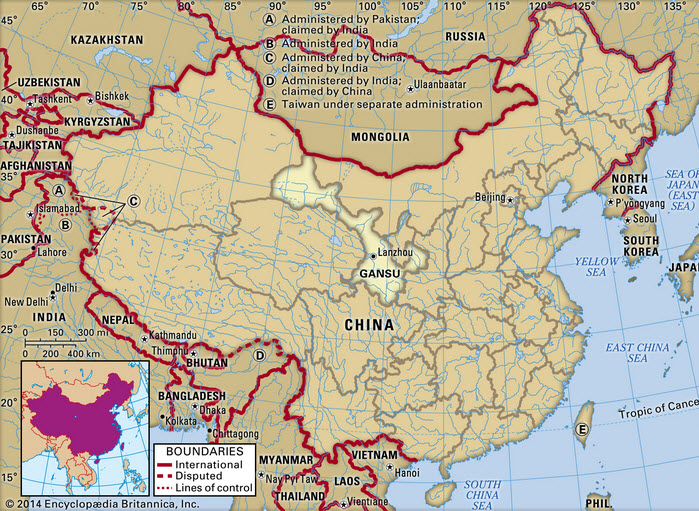
These silos appear to be similar to the new ones seen at the Jilantai training area, leading analysts to assess that the Chinese intend to load them with either the DF-31, DF-41 or both.
Many analysts believe that China may opt only to load a few of these silos with missiles, creating the potential for a “shell game” defense that would complicate nuclear targeting by the US.
But even if only 80 of these silos were loaded with DF-41 ICBMs, China’s warhead total would expand considerably, adding up to 800 new warheads to their arsenal.
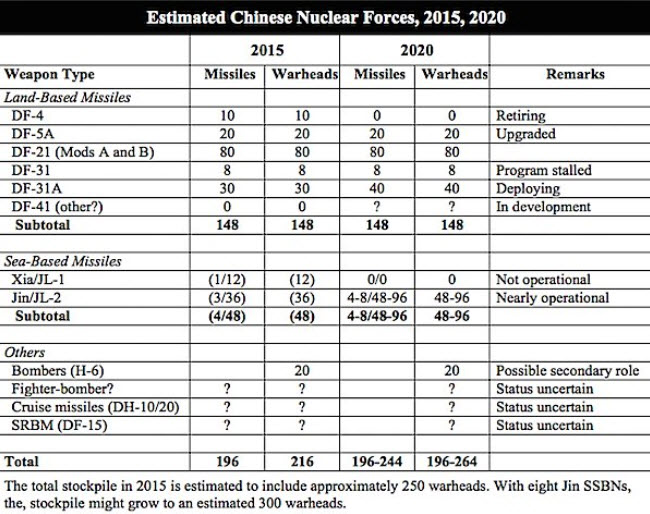
While China has not publicly released a new nuclear posture statement that supersedes the 2006 White Paper, the construction of new missile silos configured to hold solid-fuel ICBMs possessing multiple warheads changes the nuclear posture options for China.
The most likely change is to transition from a pure retaliatory strike capability (“counterattack in self-defense”) to a launch-on-warning posture.
This means the Chinese missiles would leave their silos when an attack was detected instead of waiting for a nuclear attack to actually occur.
Given China’s declared nuclear policy, a launch-on-warning posture allows China to retain its no-first-use policy while simultaneously ensuring the survivability of its nuclear forces.
However, if one is an American strategic nuclear planner, one cannot ignore the reality that China is edging close to having a legitimate first-strike capability, especially if it places missiles in every one of the silos under construction.
Faced with a potential first-strike capability from both Russia and China…
… and in light of the growing cooperation between Russia and China on defense issues…
…regarding what both nations view as the growing threat from the United States…
… the US may be compelled to look at increasing its nuclear arsenal, or dramatically altering its own nuclear force posture and composition, in order to match this emerging threat.
This, however, would be a prohibitively expensive proposition.
Which leaves arms control.
The Biden administration is currently trying to tie US arms control talks about reducing the strategic nuclear arsenals of the US and Russia to China.
Russia has rejected this out of hand, noting that it has nothing to do with the Chinese nuclear arsenal, and therefore the US should be approaching China directly on this matter.
US-China nuclear reduction talks, however, are impractical when one compares the relative threat posed by 200-plus Chinese ground-based ICBMs.
While the US arsenal of several thousand strategic warheads housed in a nuclear triad consisting of silo-based ICBMs, submarine-launched ballistic missiles and air-delivered nuclear weapons.
The level of reductions in the US arsenal that would make any strategic nuclear forces reduction talks viable for China could not be matched by China, and as such would be politically impossible for the US to agree to.
If, however, the Chinese were to complete the two new silo bases and fill them with DF-41s, each of which armed with 10 warheads, then the US and China could negotiate mutually acceptable reductions based on strategic parity.
Such negotiations would be complicated by the need to factor in not only Russia, but also the nuclear arsenals of France and the UK (as American NATO allies), as well as the nuclear arsenals of lesser powers such as Pakistan, India, Israel and North Korea.
The bottom line, however, is that China appears to have breached its commitment “never to engage in a nuclear arms race of any kind.”
The facts show that China entered this new phase of nuclear weapons development and deployment as a reaction to developments by potential adversaries (i.e., the US).
However, let there be no doubt – this is an arms race.
The placement of the Chinese silo bases appears, by intent, to be outside the range of anticipated US intermediate-range weapons, such as cruise missiles.
This means that there will be increased pressure placed on the States to field a new generation of silo-based ICBMs to replace the aging Minuteman III missiles.
As well as a new generation of submarine-launched missiles…
And missile-carrying submarines…
And a new generation of manned bomber…
… all in numbers greater than current forecasts call for.
The US cannot afford to enter this kind of arms race with China. Simply put, China has out Ronald Reagan-ed the US, flipping the Cold War theory that the US outspent the Soviet Union, bankrupting it, and accelerating its collapse on its head…
… so that it’s the US that’s being outspent, bankrupting itself, and pushing itself closer to collapse.
Hopefully, the US leadership is wiser than their Soviet counterparts before them. But, if history has shown us anything, the US is addicted to the power it believes it accrues by possessing a large nuclear weapons arsenal, and like any addict, liberating oneself from its drug of choice is difficult, if not impossible.
And keep in mind that the Chinese and the Russians possess hyper-velocity missile technology
From MoA. Worth the reprint.

Why Hypersonic Missiles Are Real Game Changers – by Gordog
A Technical Look at the Science Behind the Headlines
by Gordog
The Americans are now crying ‘uncle’ about Russia’s hypersonic weapons. After the most recent flight test of the scramjet-powered Zircon cruise missile, the Washington Post on July 11 carried a Nato statement of complaint:
"Russia’s new hypersonic missiles are highly destabilizing and pose significant risks to security and stability across the Euro-Atlantic area," the statement said.
At the same time, talks have begun on the ‘strategic dialog’ between the US and Russia, as agreed at the June 16 Geneva Summit of the two presidents. The two sides had already agreed to extend the START treaty on strategic weapons that has been in effect for a decade, but, notably, it was the US side that initiated the summit—perhaps spurred by the deployment of the hypersonic, intercontinental-range Avangard missile back in 2019, when US weapons inspectors were present, as per START, to inspect the Avangard as it was lowered into its missile silos.
But what exactly is a hypersonic missile—and why is it suddenly such a big deal?
We all remember when Vladimir Putin announced these wonder weapons in his March 2018 address to his nation [and the world]. The response from the US media was loud guffaws about ‘CGI’ cartoons and Russian ‘wishcasting.’ Well, neither Nato nor the Biden team are guffawing now. Like the five stages of grief, the initial denial phase has slowly given way to acceptance of reality—as Russia continues deploying already operational missiles, like the Avangard and the air-launched Kinzhal, now in Syria, as well as finishing up successful state trials of the Zircon, which is to be operationally deployed aboard surface ships and submarines, starting in early 2022. And in fact, there are a whole slew of new Russian hypersonic missiles in the pipeline, some of them much smaller and able to be carried by ordinary fighter jets, like the Gremlin aka GZUR.
The word hypersonic itself means a flight regime above the speed of Mach 5. That is simple enough, but it is not only about speed. More important is the ability to MANEUVER at those high speeds, in order to avoid being shot down by the opponent’s air defenses. A ballistic missile can go much faster—an ICBM flies at about 6 to 7 km/s, which is about 15,000 mph, about M 25 high in the atmosphere. [Mach number varies with temperature, so it is not an absolute measure of speed. The same 15,000 mph would only equal M 20 at sea level, where the temperature is higher and the speed of sound is also higher.]
But a ballistic missile flies on a straightforward trajectory, just like a bullet fired from a barrel of a gun—it cannot change direction at all, hence the word ballistic.
This means that ballistic missiles can, in theory, be tracked by radar and shot down with an interceptor missile. It should be noted here that even this is a very tough task, despite the straight-line ballistic trajectory. Such an interception has never been demonstrated in combat, not even with intermediate-range ballistic missiles [IRBMs], of the kind that the DPRK fired off numerous times, sailing above the heads of the US Pacific Fleet in the Sea of Japan, consisting of over a dozen Aegis-class Ballistic Missile Defense ships, designed specifically for the very purpose of shooting down IRBMs.
Such an interception would have been a historic demonstration of military technology—on the level of the shock and awe of Hiroshima! But no interception was ever attempted by those ‘ballistic missile defense’ ships, spectating as they were, right under the flight paths of the North Korean rockets!
The bottom line is that hitting even a straight-line ballistic missile has never been successfully demonstrated in actual practice. It is a very hard thing to do.
Consider that a modern combat rifle with a high-velocity cartridge can fire a bullet at a speed of about 1,200 meters per second [1.2 km/s]. That is barely one fifth the speed of an ICBM warhead, and only about half the speed of a short or intermediate-range ballistic missile. Clearly, intercepting anything that flies double or even five times the speed of a rifle bullet is going to be a daunting task. [Note from our previous discussion on the space race and the technicalities of orbital flight, that the ICBM does not reach orbital velocity, but flies on a suborbital trajectory—although it does exit the atmosphere].
Between the two, speed and maneuvering, the latter is much more effective in evading defensive interception.
We know this from many actual battlefield results. When the US launched large salvoes of subsonic Tomahawk cruise missiles at Syria in 2017 and again in 2018, a number of them were intercepted by Syrian air defenses. But not nearly all. Many did get through despite the T-Hawk’s relatively slow speed of about 500 mph, which is only about M 0.7. But the cruise missile’s ability to fly low to the ground and maneuver in flight, changing direction constantly, make it a tough target to hit. Likewise in the Falklands War, the Argentines used subsonic and fairly short-range, French-made Exocet sea-skimming cruise missiles to sink several large British warships, including a then-state-of-the-art Royal Navy destroyer, HMS Sheffield.
Even bird hunters know this, and will use a shotgun that scatters many pellets over a wide area rather than a bullet-firing rifle to take down slow-flying, but maneuvering, land and waterfowl! Obviously, if you combine high speed WITH maneuvering, you will have a missile that is going to be very difficult to stop. [If not impossible, with something like the Avangard, which reaches ICBM speeds of up to M 25!].
But let’s lower our sights a little from ICBMs and IRBMs [and even subsonic cruise missiles] to a quite ancient missile technology, the Soviet-era Scud, first introduced into service in 1957! A recent case with a Houthi Scud missile fired at Saudi Arabia in December 2017 shows just how difficult missile interception really is:
At around 9 p.m…a loud bang shook the domestic terminal at Riyadh’s King Khalid International Airport. ‘There was an explosion at the airport,’ a man said in a video taken moments after the bang. He and others rushed to the windows as emergency vehicles streamed onto the runway. Another video, taken from the tarmac, shows the emergency vehicles at the end of the runway. Just beyond them is a plume of smoke, confirming the blast and indicating a likely point of impact.
The Houthi missile, identified as an Iranian-made Burqan-2 [a copy of a North Korean Scud, itself a copy of a Chinese copy of the original Russian Scud from the 1960s], flew over 600 miles before hitting the Riyadh international airport. The US-made Patriot missile defense system fired FIVE interceptor shots at the missile—all of them missed!
Laura Grego, a missile expert at the Union of Concerned Scientists, expressed alarm that Saudi defense batteries had fired five times at the incoming missile.
‘You shoot five times at this missile and they all miss? That’s shocking,’ she said. ‘That’s shocking because this system is supposed to work.’
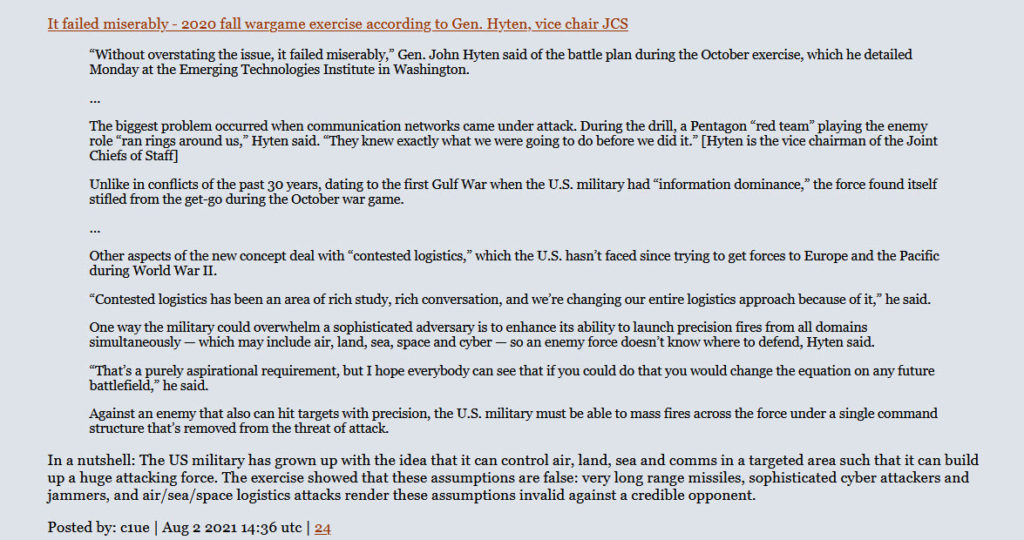
Ms Grego knows what she’s talking about—she holds a physics doctorate from Caltech and has worked in missile technology for many years. Not surprisingly, American officials first claimed the Patriot missiles had done their job and shot the Scud down. This was convincingly debunked in the extensive expert analysis that ran in the NYT: Did American Missile Defense Fail in Saudi Arabia?
This was not the first time that Patriot ‘missile defense’ against this supposedly obsolete missile failed spectacularly:
On February 25, 1991, an Iraqi Scud hit the barracks in Dharan, Saudi Arabia, killing 28 soldiers from the U.S. Army's 14’th Quartermaster Detachment. A government investigation revealed that the failed intercept at Dhahran had been caused by a software error in the system's handling of timestamps. The Patriot missile battery at Dhahran had been in operation for 100 hours, by which time the system's internal clock had drifted by one-third of a second. Due to the missile's speed this was equivalent to a miss distance of 600 meters.
Whether this explanation is factual or not, the Americans’ initial claims of wild success in downing nearly all of the 80 Iraqi Scuds launched, was debunked by MIT physicist Theodore Postol, who concluded that no missiles were in fact intercepted!
As the missile experts in the NYT point out:
Shooting down Scud missiles is difficult, and governments have wrongly claimed success against them in the past. Governments have overstated the effectiveness of missile defenses in the past, including against Scuds. During the first Gulf War, the United States claimed a near-perfect record in shooting down Iraqi variants of the Scud. Subsequent analyses found that nearly all the interceptions had failed.
Why is shooting down Scuds so difficult? Because this was arguably the world’s first hypersonic missile [it flies at M 5 and does MANEUVER]!
If we take a closer look at this missile, we see that it is propelled nearly throughout its entire flight. This is the key. The warhead only separates from the missile body a few miles [mere seconds], before reaching its target. That missile body contains a means for maneuvering the missile, by means of thrust vector—using graphite paddles that move into and out of the rocket engine exhaust stream, as seen here. So it will be jinking and jibing as it enters the terminal phase of flight—making it a very hard target to radar track and shoot down!
Once the warhead separates, the spent missile body falls harmlessly to the ground, as it did just outside the Riyadh airport, landing on a nearby street. It is this now uselessly falling body that could be locked onto by air defense radars and hit by interceptor missiles—while the warhead itself sails unobstructed overhead.
The only real problem with those ancient Scuds was their accuracy. They could be off by hundreds of meters. But of course, accuracy and missile guidance systems have come a long way since then. The modern successor to the Scud, the Russian truck-launched Iskander, has an accuracy of about 5 meters! It too, is really a hypersonic missile that reaches M 7, but has a range of only 500 km—which was dictated by the now-defunct INF treaty, from which the Trump administration unilaterally withdrew.
The Russian Iskander-M cruises at hypersonic speed of 2,100–2,600 m/s [Mach 6–7] at a height of 50 km. The Iskander-M weighs 4,615 kg carries a warhead of 710–800 kg, has a range of 480 km and achieves a CEP [circular error probable] of 5–7 meters. During flight it can maneuver at different altitudes and trajectories to evade anti-ballistic missiles.
Iskander is generally described, at least in the west, as a ‘quasi-ballistic’ missile. But ‘quasi’ or not, the US considers the Iskander a very dangerous weapon, and a type of weapon which it does not yet possess. In fact, the US’ attempts to develop its very first hypersonic missile have been rather slow out of the blocks. Its first flight test attempt with the proposed Lockheed-Martin AGM183 [aka ARRW] in April of this year, did not even manage to release the rocket from the wing of the B52 carrier! The second attempt, on July 29, managed to get the rocket to release, but the engine failed to fire!
Clearly the US is many years away from fielding a working hypersonic missile. These early tests were only supposed to test the rocket, and carried a dummy ‘glide vehicle’ which is supposed to separate from the rocket once it reaches a speed of about M 6 or so, and then glide to its target while maneuvering.
The prototype missile would carry a frangible surrogate for that [glide] vehicle that would disintegrate after release.
However, it is unclear how an unpowered gliding body is going to accomplish aerodynamic maneuvering INSIDE the atmosphere. The concept of boost-glide, which is used by Avangard, works by hoisting the glide vehicle up above the atmosphere, at ICBM speed, where the ‘glider’ can then skip off the upper layers of the atmosphere like a flat pebble skipping over the surface of a still pond.
The overall flight range of AGM183 is a claimed 1,000 miles [1,600 km]. Clearly such a short-range missile, and reaching a speed of only about M 8 at most [based on statements of reaching its target in a flight time of 10 to 12 minutes] is not going to be able to use the boost-glide means of maneuvering, which requires exiting the atmosphere.
The Technical Deep Dive (If you are not inclined to follow technical details jump to the conclusions.)
So let’s look at Russian hypersonic technology in a little more detail, so that we may understand more than just what the technically-challenged media are telling us. From what the Russian military has already fielded, we can see that hypersonic missiles come in all shapes and sizes. Some, like Avangard, are launched by powerful ICBM rockets and have ICBM-like striking range. Others, like Zircon, are more like a Tomahawk or Kalibr cruise missile, powered by an air-breathing engine, and able to aerodynamically maneuver throughout their flight to the target—but flying about ten times faster.
Others, like Kinzhal, which appears to be an evolution of the Iskander [itself an evolution of the Scud] are powered by relatively small rockets and are designed to maneuver gas-dynamically [thrust vectoring], again, during all phases of flight, right up to the target.
These are the three primary types for purposes of basic classification. They all fly very fast [up to M 25 for Avangard], but they use different propulsion systems, and different means of maneuvering. Let’s begin with the Kinzhal, since we already understand the basics of how a Scud or Iskander works. In the case of Kinzhal, it is launched from a very high speed and height by a MiG31 interceptor aircraft, which is designed to fly up to 1,500 km at a cruising speed of M 2.4, at a height of about 20 km.
By carrying even an unmodified Iskander up to this speed and height, its range could easily double, to about 1,000 km—since the rocket chemical energy required to reach that height and speed would be saved, and could be expended on increasing its flight range.
The range given for Kinzhal is 2,000 km, but it is not clear if that includes the flight range of the MiG31 carrier aircraft. My guess would be that it does. The MiG has a combat radius of over 700 km at its M 2.4 cruise speed. That means that after release, the Kinzhal would need to fly for about 1,300 km before hitting its target—for an overall system range of 2,000 km. In fact, the MiG could fly a significant portion of its flight subsonically, saving fuel, and accelerate up to supersonic cruise speed, or even its top speed of M 2.8, only in the last couple of hundred km, before launching Kinzhal. It would then circle back and return to base subsonically again. This would increase range even more.
Either way, it is a safe bet that the overall range to a target, say a US aircraft carrier, from the takeoff point of the MiG [now deployed in Syria], is realistically going to be no less than the stated 2,000 km, if not more. This is certainly a game-changer for US naval dominance! Carrier-based aircraft would have no chance to fly far enough from their floating airfield to intercept a MiG31 launching a Kinzhal at 1,000 km or more distance from the ship. The F/A-18 has a combat radius for air-to-air missions of only 740 km. Obviously, it is not going to be able to reach the MiG launching from outside of 1,000 km.
Now let us look at the Zircon cruise missile that Nato is complaining about. So far, this missile has been successfully test-flown at target distances of up to about 450 km. The Russian MoD says its range is actually in excess of 1,000 km, and that flight tests to maximum range will be forthcoming.
This too is a game-changer. The Zircon will be carried by Russia’s new class of surface warships in the frigate or ‘small destroyer’ size, as well as on the new Yasen-class cruise missile nuclear subs that are now coming into service. These state-of-the-art subs will also carry subsonic Kalibr cruise missiles with a maximum range of 4,500 km! Combined with the air-launched Kinzhal, the US Navy will face some very stiff challenges—from the air, from the sea, and even from under the sea. It should be noted that both the Zircon and Kinzhal are not exclusively anti-ship missiles. They can just as readily target land objects, including Nato command and control centers—which Putin has said Russia will do, in the event of any kind of western aggression!
But Zircon is also a technological tour de force. The unique feature of the Zircon is its scramjet engine. This is the first time that the world has a production engine of this type—something which has long been a goal for both the US and Russia.
Not surprisingly, the Russians flew the world’s first scramjet prototype back in 1991—the Kholod, which means ‘cold’ in Russian. Remarkably, in the Yeltsin détente atmosphere of the early nineties, the Russian developers of the world’s first functional scramjet engine, the Central Institute of Aviation Motors [CIAM] invited Nasa to participate in the flight tests at the Sary Shagan test range in Kazakhstan. The results were published in the US professional literature, here, and here.
But despite this technology boost from Russia, the US has not been able to keep up. Its experiments with scramjet engines, although wildly hyped in the media, have been dormant for several years. It appears that the US has given up on the idea of building a working scramjet engine for the time being—much as they gave up, decades ago, on the idea of building a closed-cycle rocket engine, having deemed the technology ‘impossible.’
So what is a scramjet engine anyway? To fully understand this, let’s first look at how a turbojet engine works. Here is a picture that is worth a thousand words. Air enters the front of the engine and is then compressed by a number of rotating blades on a series of wheels, similar to a fan or propeller. The compressed air is then passed into the burner, or combustion chamber, where fuel is squirted in and the result is a high temperature and high-pressure gas that then drives the turbine wheels—which are bladed in a way similar to the compressor wheels up front.
The turbine wheels and compressor are on a single shaft and rotate at the same speed—so it is the energy of the gas driving the turbines, that drives the compressors. The remaining energy in the gas is squeezed out through a nozzle, which accelerates the gas flow, which, in turn, creates thrust—on the principle of Newton’s Third Law, action-reaction. The force of the fast-moving mass flow of gas out the nozzle, must be compensated by a REACTION force in the opposite direction [forward thrust], as per the conservation of momentum principle. Hence all jet engines, whether air-breathing or rocket, are called reaction engines.
[Incidentally, the heart of any liquid-fuel rocket engine is a turbopump, which is basically a gas turbine engine. It has a burner, where some amount of the fuel and oxidizer are burned, supplying gas to drive a turbine wheel or wheels, which then drive two ‘compressor’ pumps [also wheels], that pressurize the oxidizer and fuel, which is then delivered to the main combustion chamber under great pressure.]Now what happens when you want to go very fast with a turbojet engine? Well, you basically hit a wall, due to the physics of airflow]. The faster you go, the greater the ram pressure on the front of the engine. This ram pressure [technically called dynamic pressure, or ‘Q’] is like kinetic energy—it increases by the square of speed. [KE = M x V^2 / 2; Q = rho x V^2 / 2; they are the same except mass is replaced by density, rho, since we are dealing with a flowing fluid instead of a solid particle!]
In simple terms, dynamic pressure [aka ram pressure] is what you feel on your hand when you stick your hand out the window of your car while driving on the highway.
The results of this quadratic pressure rise with speed are profound! At a typical passenger jet cruise speed of 450 knots, or M 0.8, the pressure increase from ram effect, at the front of the engine fan, is about 1.5. Also, the engine inlet must SLOW the airflow down to about M 0.5, so that the rotating blades can work efficiently.
If you increase flight speed to M 2, the pressure rise at the engine face due to ram effect is seven-fold! At this speed, you don’t even need a compressor or turbines.
This is the idea of the ramjet engine—you need no moving parts, just an air inlet that is designed to slow down the airflow to below sonic velocity, turning kinetic energy into pressure energy. The combustion chamber is simply a pipe with fuel squirters, where that compressed air is burned with fuel, and then expelled through a nozzle, exactly as on the turbojet. In fact the afterburner on supersonic fighter jets works exactly like a ramjet engine—fuel is squirted in and combusts with air that was used for cooling the combustion chamber walls upstream [only a small amount of air is burned in a turbojet engine, with air to fuel ratios of over 50, compared to about 15 for a car engine.] An illustration of an afterburner shows the simple basic geometry.
But the ramjet hits a speed limit too, just like the turbojet. In both cases it has to do with the falling efficiency of the engine inlet at higher speeds: more of the kinetic energy of the high-speed airflow is converted into heat, rather than usable pressure. In a turbojet, the heat limit is reached by about Mach 3, when the heat of that incoming air exceeds the materials limit of the compressor blades. In the ramjet, eliminating those unneeded blades and all the other moving parts raises the temperature limit to a much higher value—so flight up to about Mach 5 is possible.
Above those speeds, the Ramjet faces a different kind of problem. As flight speeds continue to increase, the efficiency of turning that kinetic energy into pressure continues to decrease steeply. This pressure loss is due to a series of shockwaves generated by slowing down the airflow in the engine inlet passage, upstream of the combustion chamber. The biggest shockwave and biggest pressure loss happens when the flow finally transitions to below sonic velocity. This is called the normal shockwave, because it is perpendicular [normal] to the inlet wall, as seen in this illustration of a supersonic inlet and its shockwaves.
So the speed limit comes because most of that ram pressure is not recoverable—it is simply dissipated into heat by the inlet shockwaves.
Enter the scramjet. Here, the flow is never actually slowed to below sonic velocity. That’s why it’s called a SCramjet, for supersonic combustion—the airflow through the combustion chamber is well above Mach 1, perhaps closer to Mach 2. By comparison, the flow in a turbojet enters the burner at just M 0.2, ten times slower—and in the afterburner and ramjet, it is about M 0.5.
This solves the speed limit issue of not having any more pressure energy available. But it comes with HUGE challenges. At a flight speed of M 6 or 7, the craft is moving at a speed of about 2,000 m/s. The main challenge is the flame front speed of combustion. Even if it took only one hundredth of a second to combust the air-fuel mixture, it would require a combustion chamber 20 meters long! That is hardly practical of course, but is in line with the flame propagation speed of aviation kerosene. That is why the afterburner jetpipes on supersonic aircraft are several meters long.
So we see that each type of airbreathing engine, turbojet, ramjet and scramjet, has its own speed limit, as shown graphically here. Even the scramjet will run into a wall at some point. The vertical measure is specific impulse [ISP], which is engine efficiency, per mass of fuel burned. We see that ISP decreases the faster we go, in any type of engine—it simply means that fuel use rises much faster than flight speed!
But back to the main challenge of the scramjet, which is flame speed. This is strictly a limit of the chemical physics of fuel combustion. Hydrogen burns ten times as fast as kerosene, but is not a practical fuel—it must be cooled to near absolute zero to be liquid, and so is not storable, and cannot be launched at will without time-consuming fueling. All of the previous scramjet experimental prototypes, both US and Russian, used cryogenic liquid hydrogen fuel. But the Zircon uses a kerosene-based fuel innovation that the Russians call Detsilin-M.
The exact means by which the Russians have achieved this fuel chemistry is of course a tightly held secret, but it is clearly a remarkable breakthrough in chemical engineering—comparable to the breakthrough in materials science that led to the closed-cycle, oxygen-rich staged combustion rocket engine in the 1960s [which the US still has not demonstrated].
In a previous discussion here, the technically-inclined commenter and longtime gyroplane pilot PeterAU1, dug up some interesting material about ‘doping’ kerosene with certain additives to enhance flame front speed. But the technicalities of that subject are beyond the scope of this relatively brief introductory discussion. [Although I’m sure we may hear more in the comments section!]
The bottom line is that the Zircon represents not only a formidable and very deadly weapon—but it is indicative of the engineering capabilities of the Russian aerospace industry. It is an impressive achievement that is in fact groundbreaking. As mentioned already, Zircon is only the beginning of scramjet engine use by the Russian military. The next generation of such missiles, like the already mentioned Gremlin, will be even smaller and more capable in range and speed. At some point in the future, we may even see scramjet engines on superfast civil aircraft—but that is probably a long way off yet.
An even bigger engineering accomplishment is the astonishing Avangard boost-glide vehicle. But I will leave that remarkable story for another discussion.
The bottom line is that these new Russian technologies are in fact tilting the global military balance going forward. They are game-changing because they are UNSTOPPABLE with today’s air defense technology. Just like the Plains Indians couldn’t hope to stop, with their bows and arrows, the US cavalry with their repeating rifles.
Even more profound may be the psychological effect that Russia’s engineering accomplishments must be exerting on the American psyche, which is used to assuming that they have the smartest engineers and make the best military hardware.
That is demonstrably NOT the case anymore.
And that may be the biggest game-changer of all!
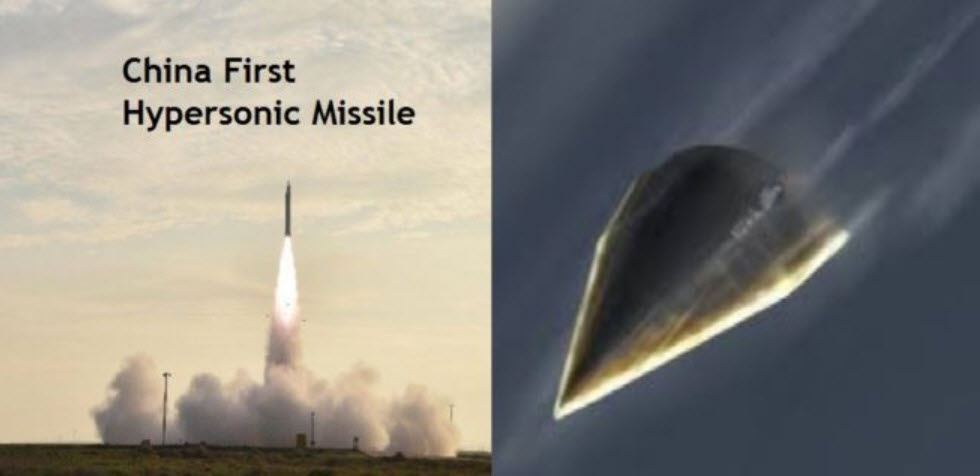
The smart thing…
Knowing the Chinese, it’s just a simple matter of treating the Taiwanese as brothers and sisters. Inviting them over to China (as they can travel easily back and forth now) and let the Taiwanese decide for themselves if they want to reunify with China or not.
Face it.
China is doing so much better than Taiwan is.
Oh, sure, Taiwan is wealthy. But it is Western wealth. All the money is concentrated in the hands of a few greedy oligarchs. It’s not spread out among the people. And when the Taiwanese come into China they see the life that they SHOULD be living in Taiwan. They see what COULD happen in Taiwan, if the nation unified together.
Like in this amazing video here… A Taiwanese girl comes to China for the first time and here’s her impressions…

Conclusion
If America “jumps the gun” and initiates hostilities before 2023, it will quickly escalate and go nuclear and Russia and China together would level America. The QUAD allies might talk big, but one the nuclear detonations start to happen, you can pretty much expect them to sit “the game” out.

If the United States holds off on hostilities past into 2023, what we would see is an economic contraction in the United States and the Western client states. A decline in the value of the US dollar and rampant inflation. Depending on American actions, the military budget will be seen as bankrupting the country, and meanwhile China is prospering and looking like some kind of space-age utopia. This comparison between the two would be strikingly obvious, and exacerbated with the 2022 Olympic games. This would be a very dangerous time indeed. This is the time where it is difficult to predict.
If the hostilities delay to 2025 or later, then there won’t be much that America can do. It has shot it’s last wad, and spent up all it’s fuel. The nation is running on vapors right now, and whatever advantages it once had, it has been squandered away by the greedy and evil.
Now matter how you look at it, China is clearly the superior governance model…
This is America in 2021. This is it. Look closely at the video…

And this is China in 2021. Watch the video…
Quick Summary
Technology has completely changed the balance of forces globally. Yet the evil, corrupt and powerful somehow believe that they can prevent this new reality, and capitalize upon it for personal profit. By all accounts, they are about two decades too late, and they understanding of reality is inaccurate.
How the world adjusts to this new reality is open to conjecture, as it could go very bad to just a minor discomfort. It all depends on a number of variables that are in play right now. Stay tuned.
And keep in mind…
Next time you read some gung-ho neocon advocating war because America is strong, and has perfected small unit warfare…
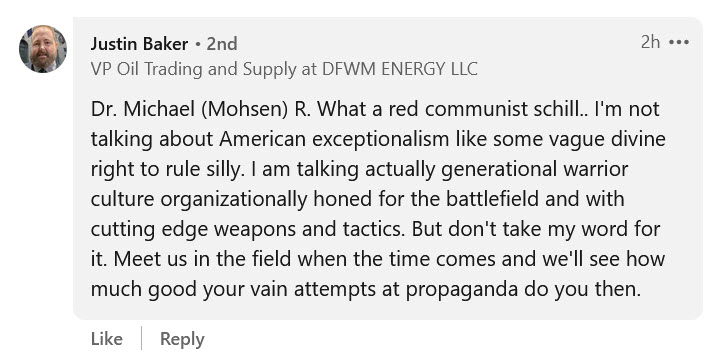
… remember this video of Chinese boy and girl scouts…
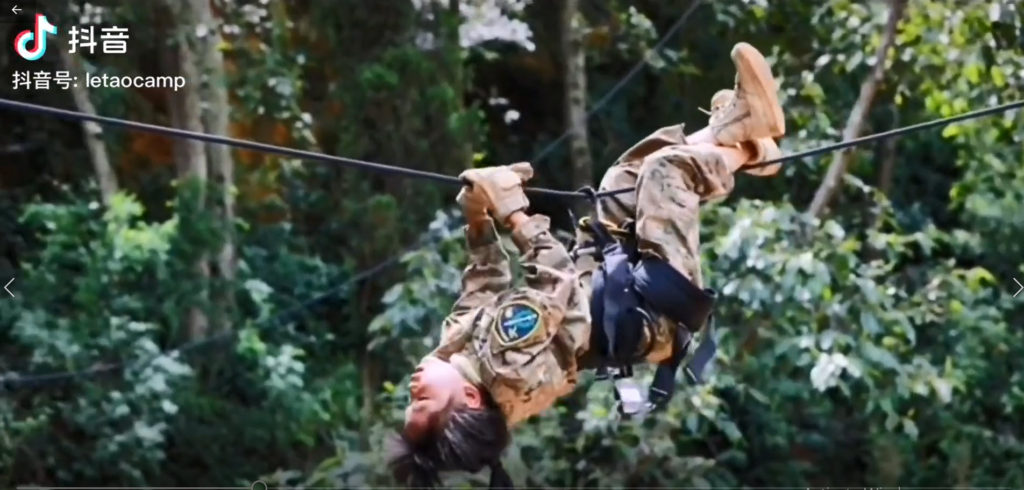
And this one too…
Do you want more?
You can find more articles related to this in my latest index; A New Beginning. And in it are elements of the old, some elements regarding the transition, and some elements that look towards the future.
New Beginnings.
Articles & Links
Master Index.
- You can start reading the articles by going HERE.
- You can visit the Index Page HERE to explore by article subject.
- You can also ask the author some questions. You can go HERE to find out how to go about this.
- You can find out more about the author HERE.
- If you have concerns or complaints, you can go HERE.
- If you want to make a donation, you can go HERE.


